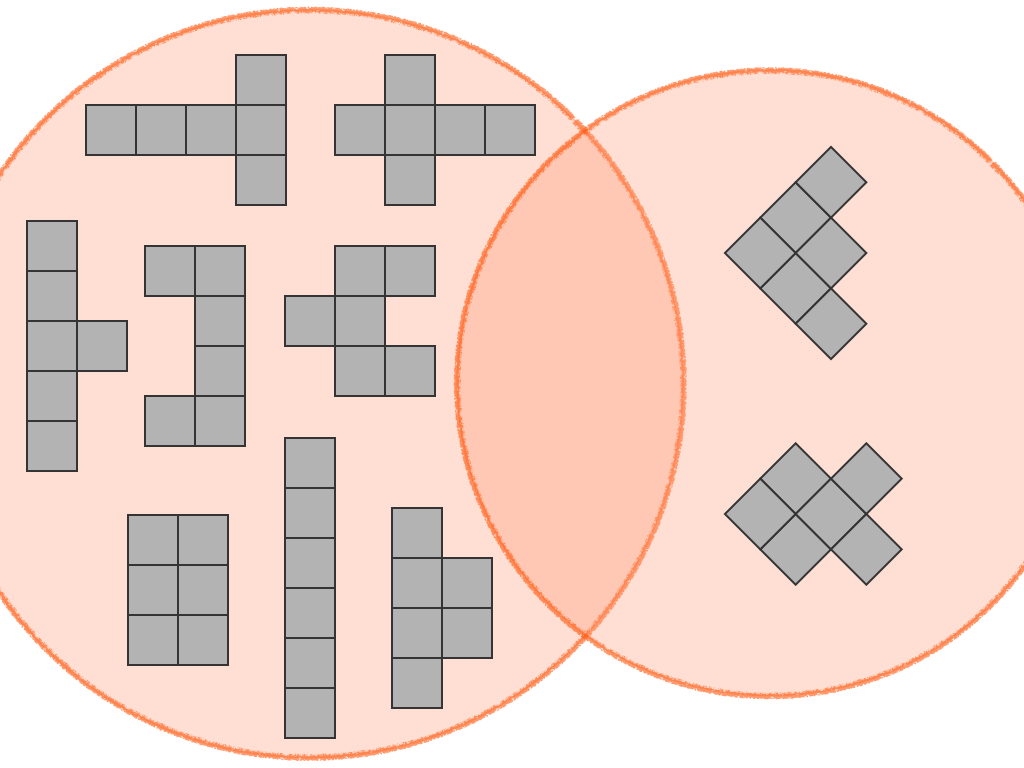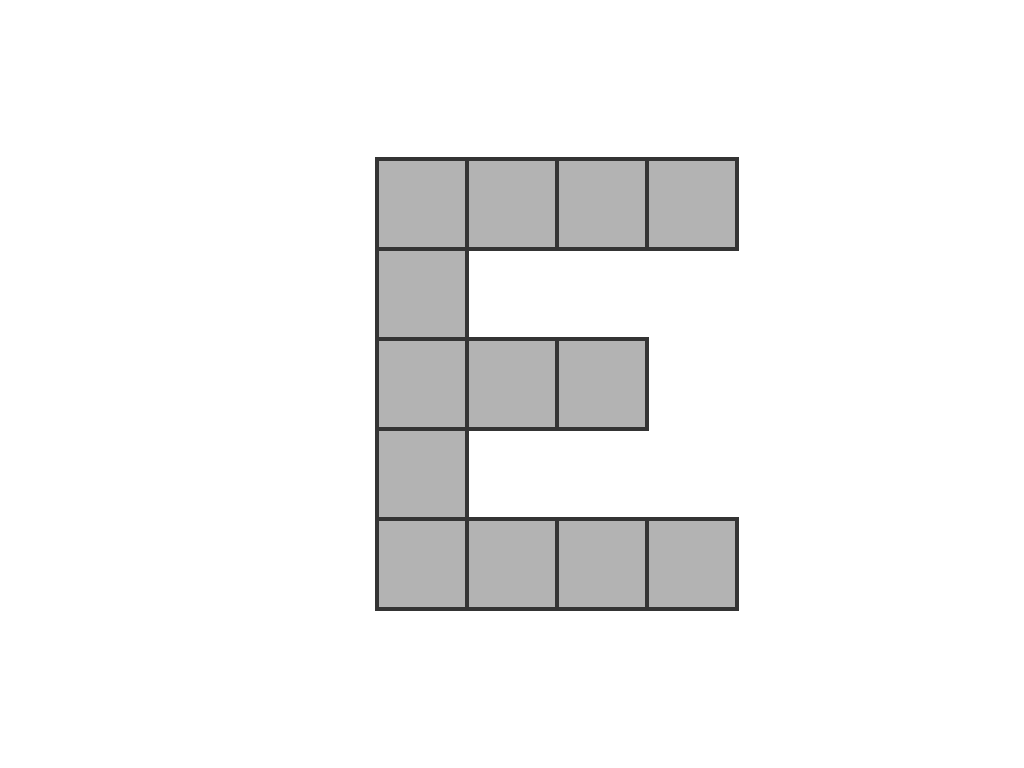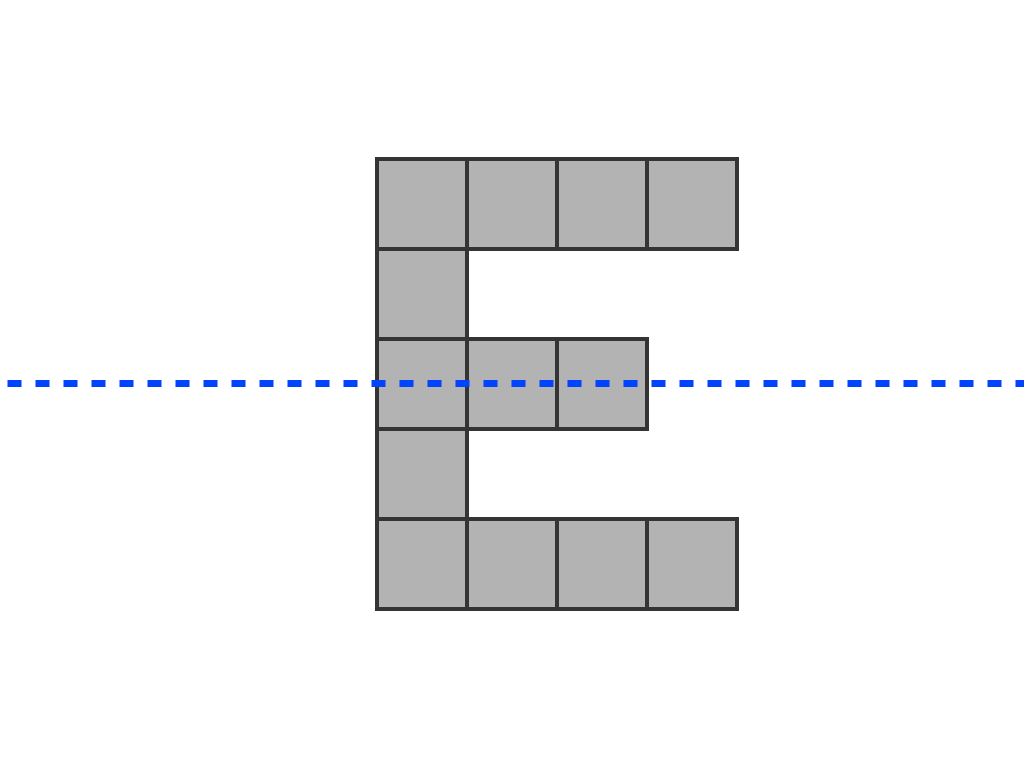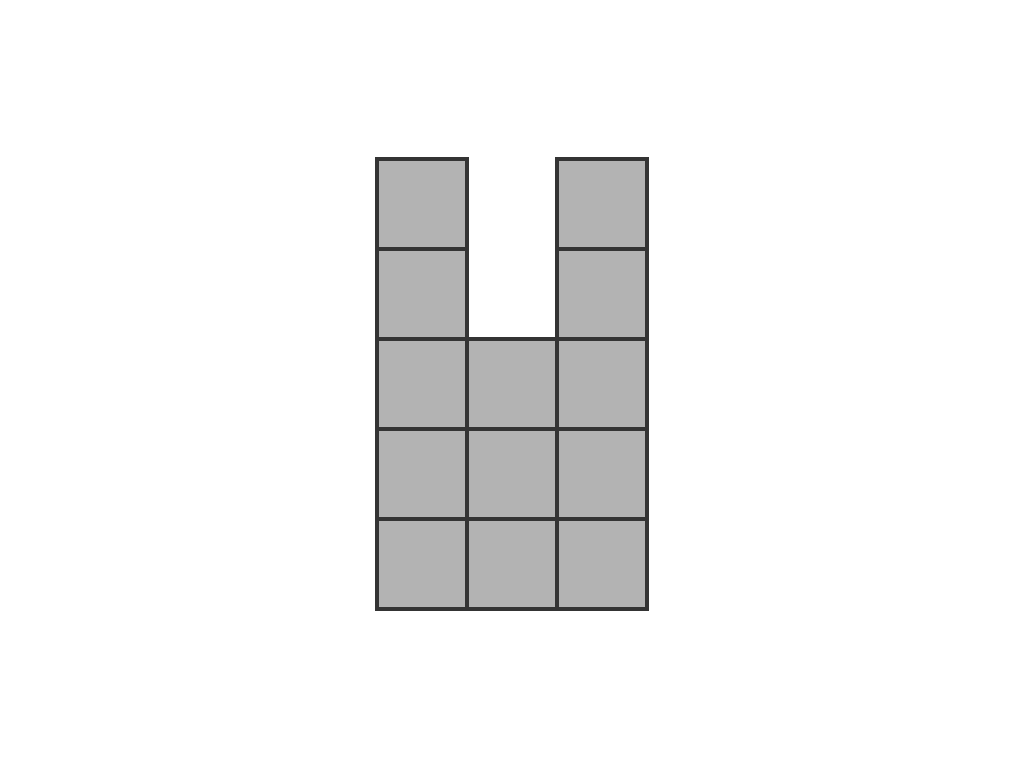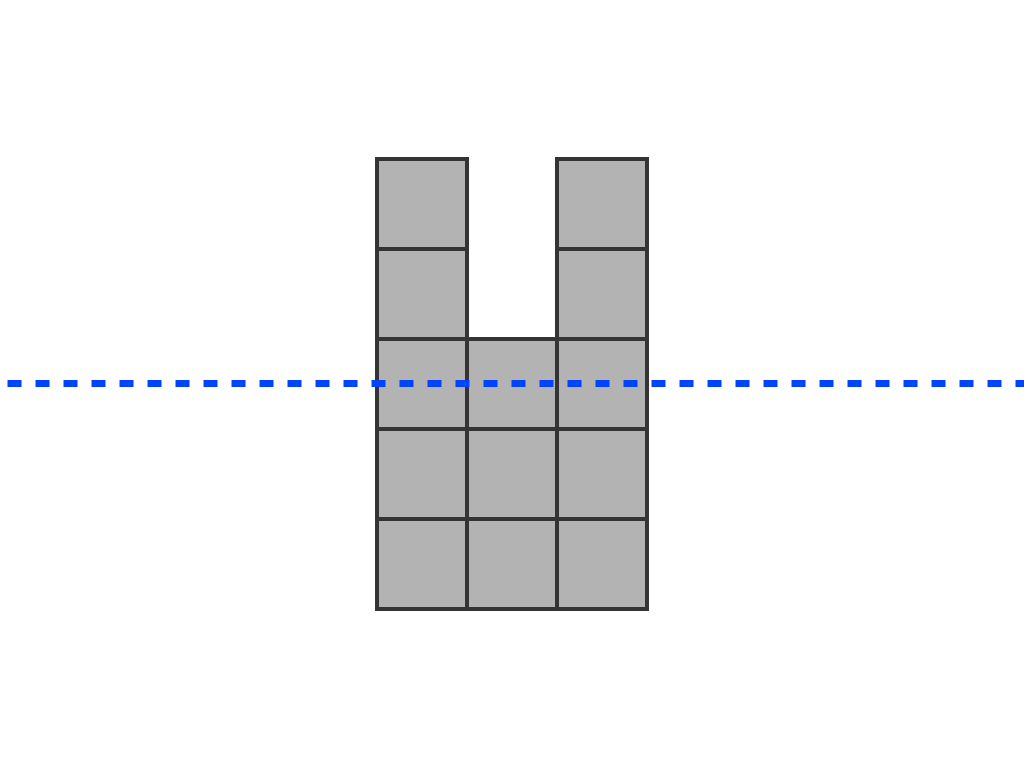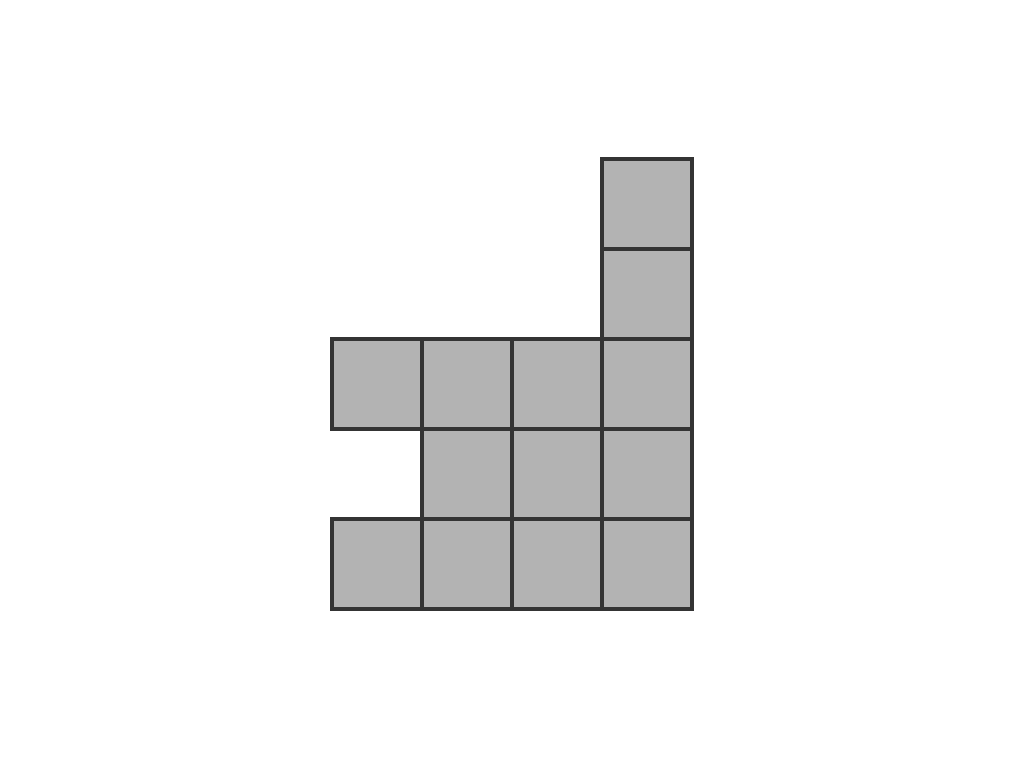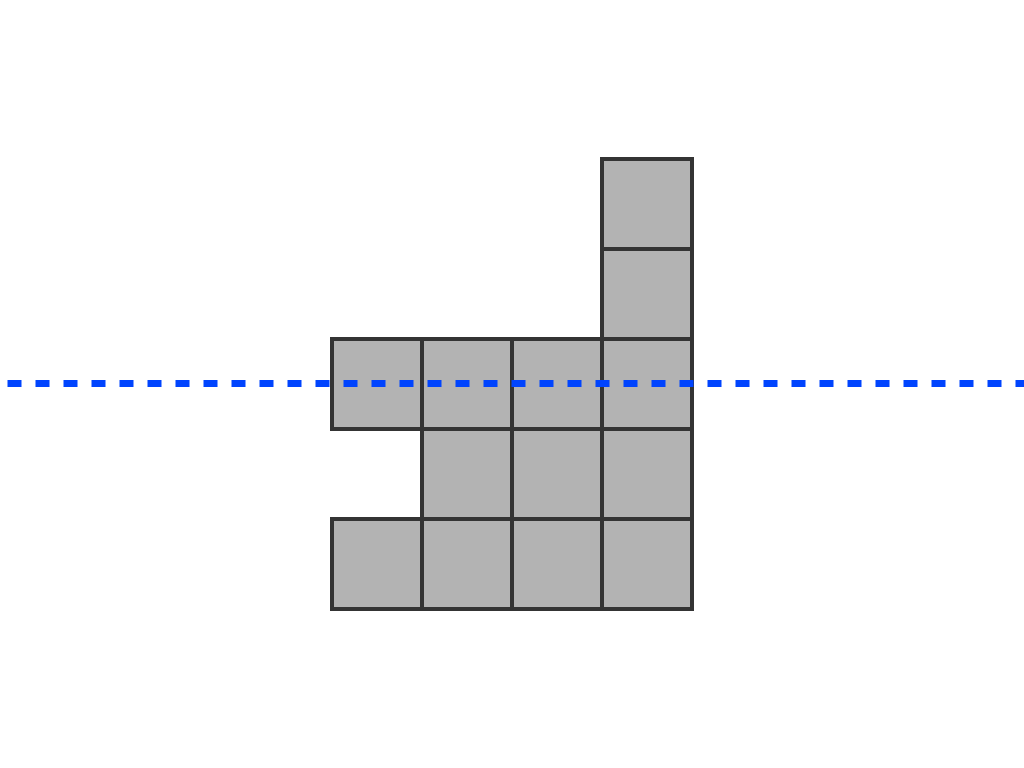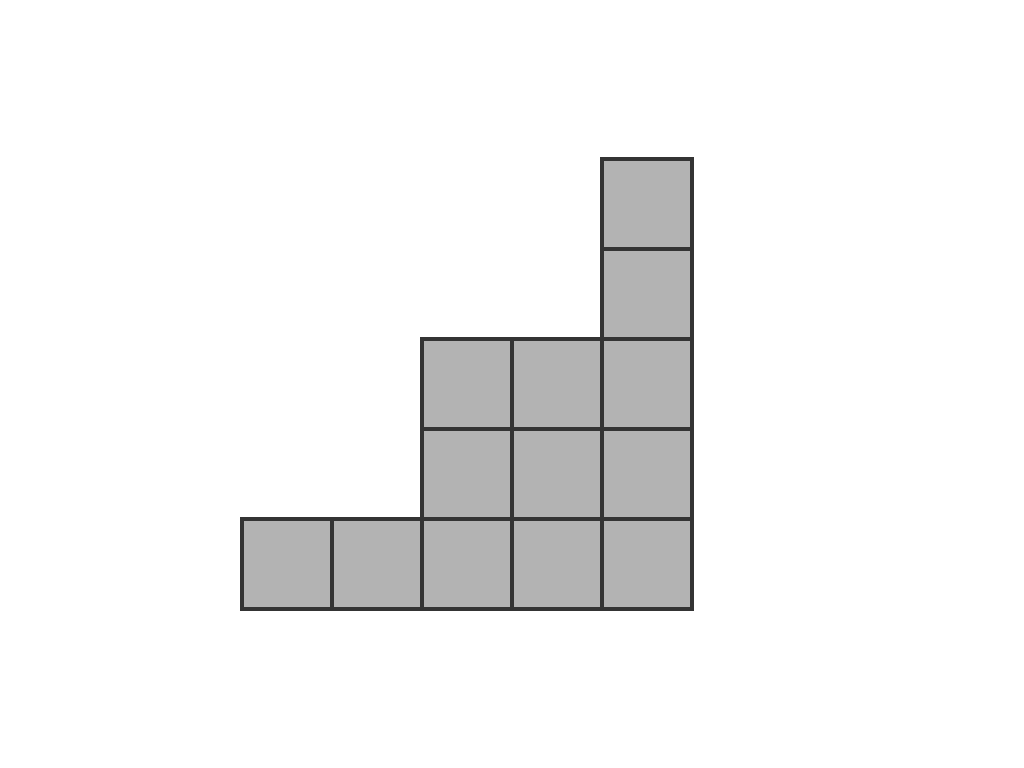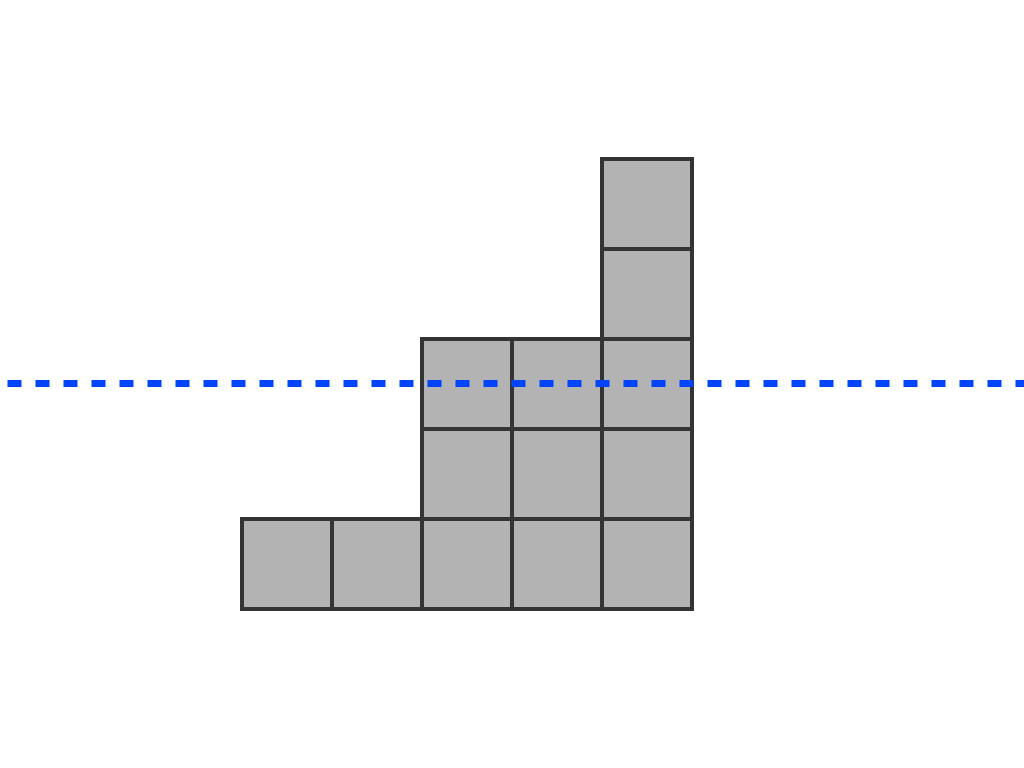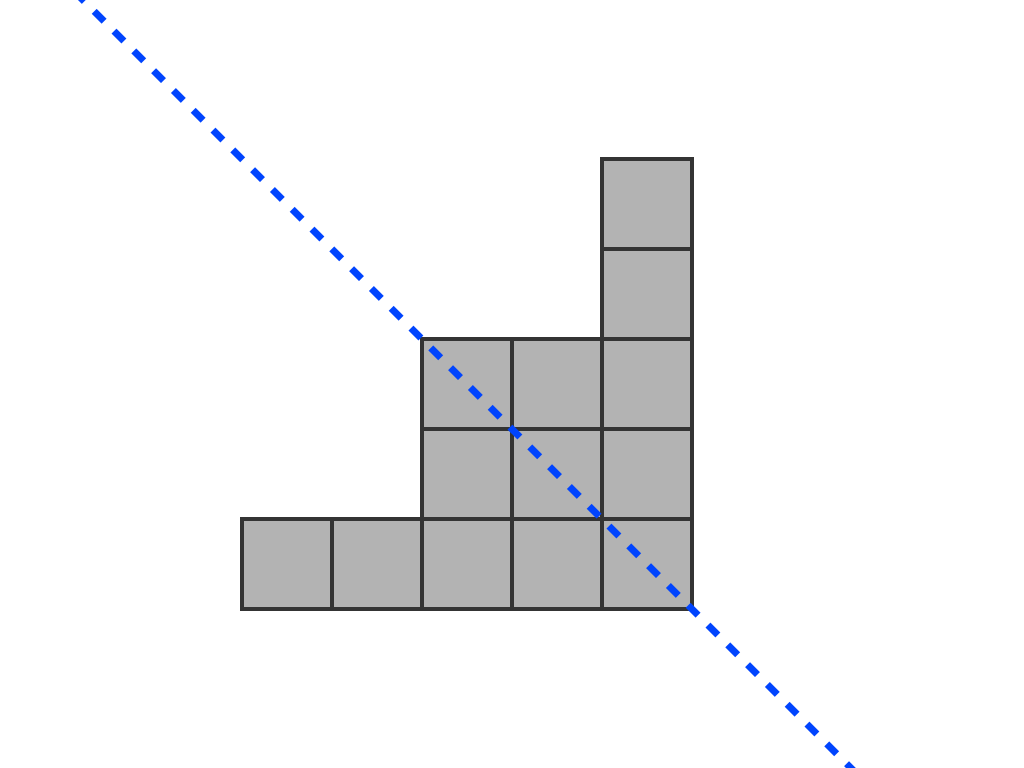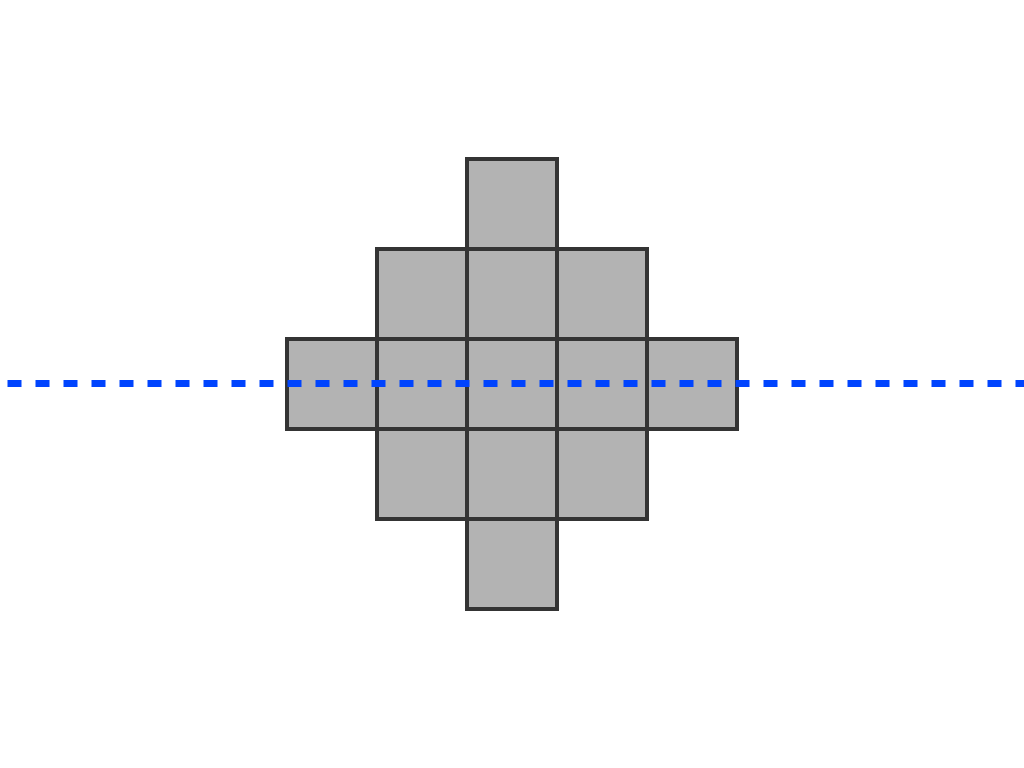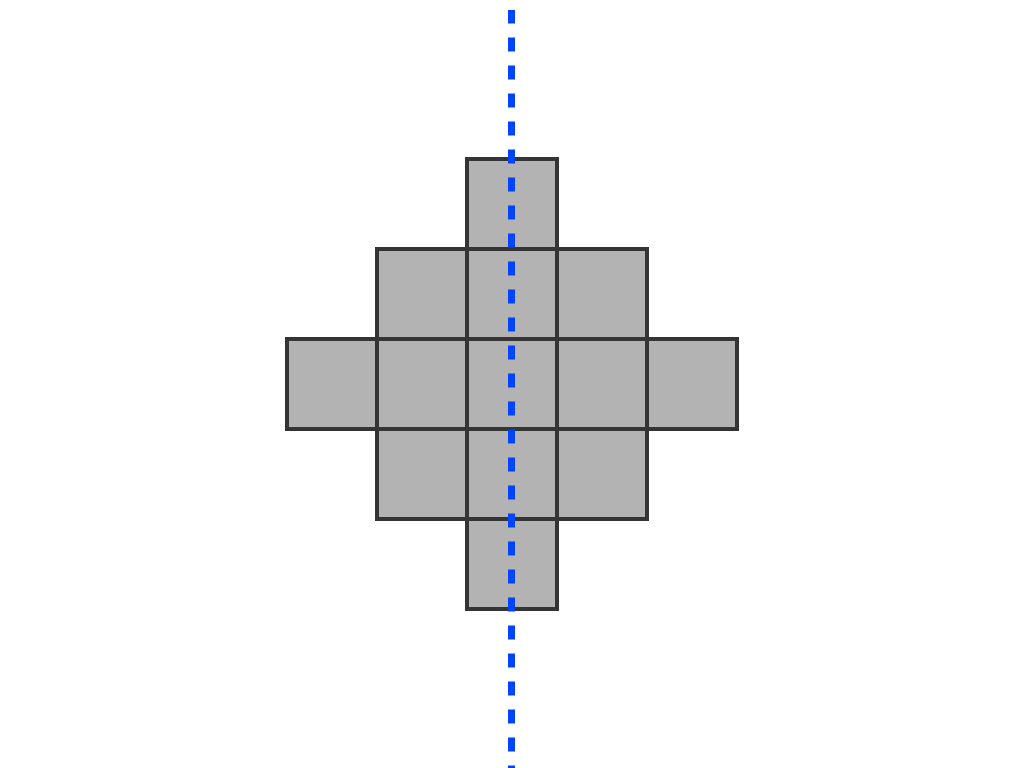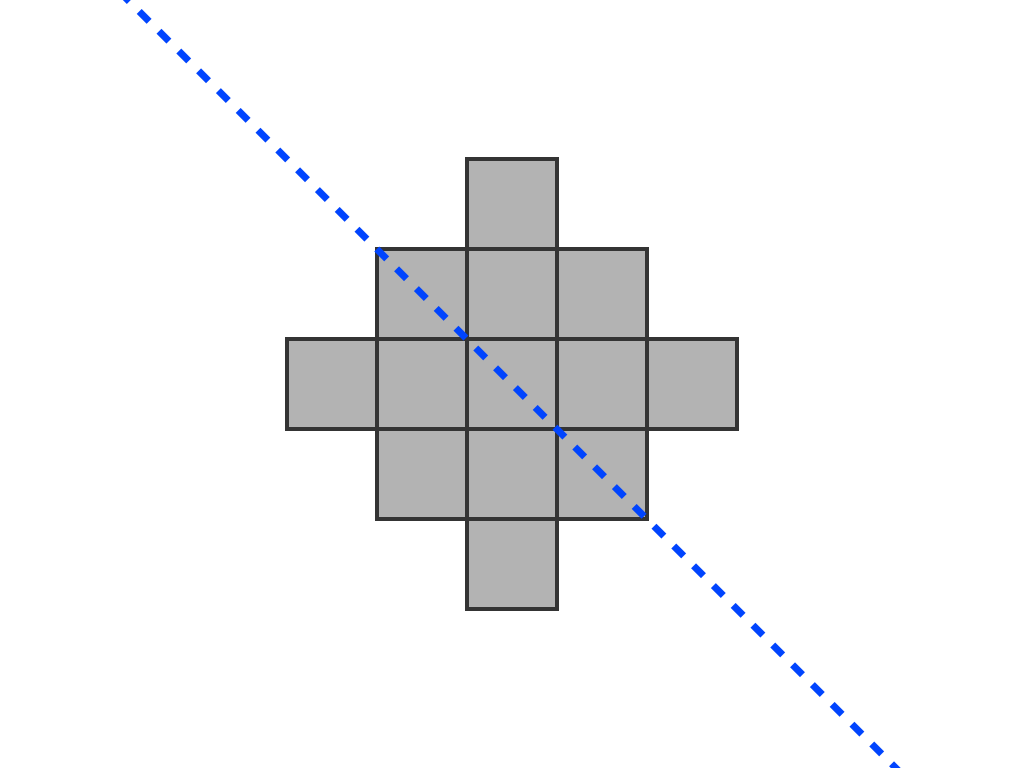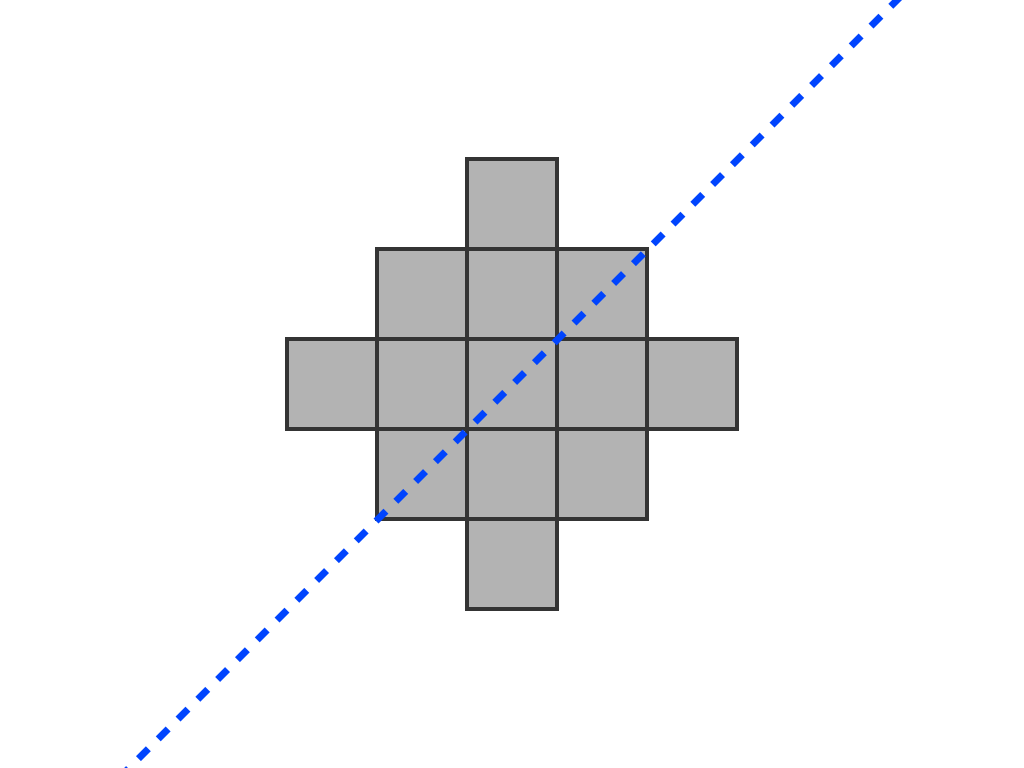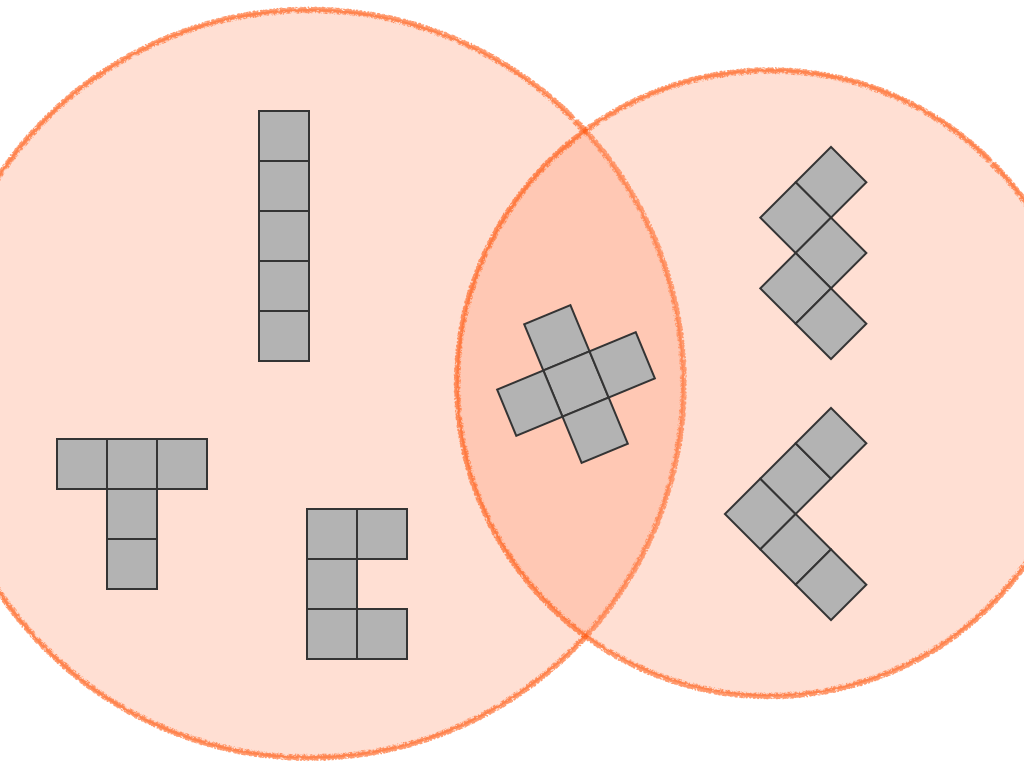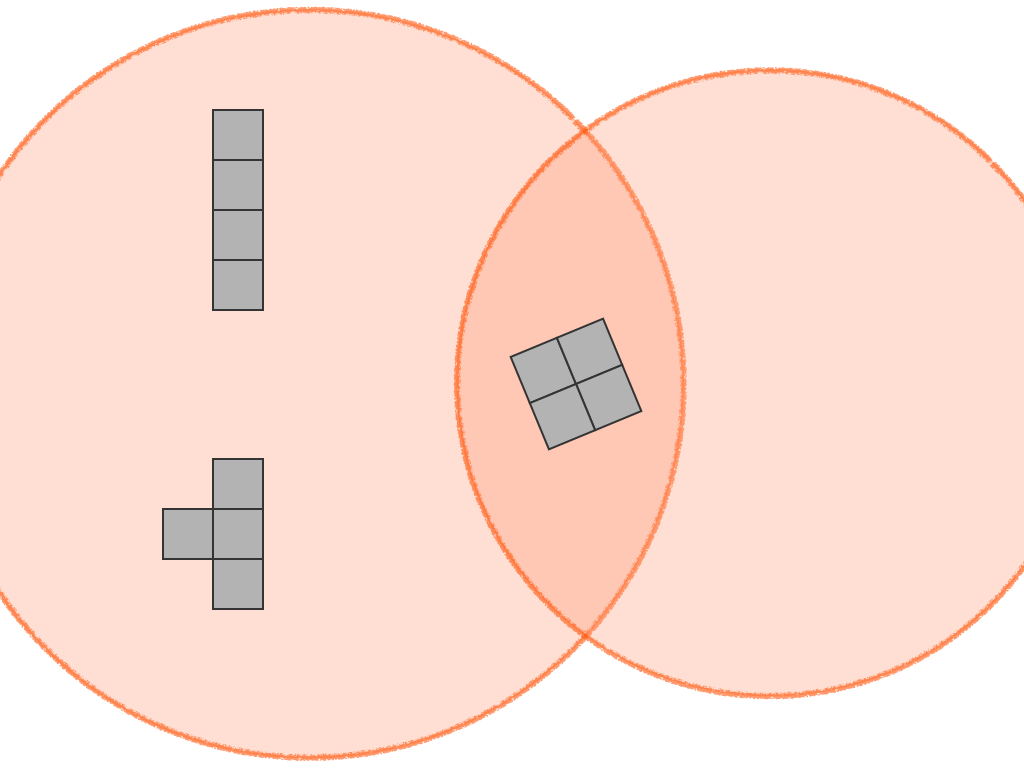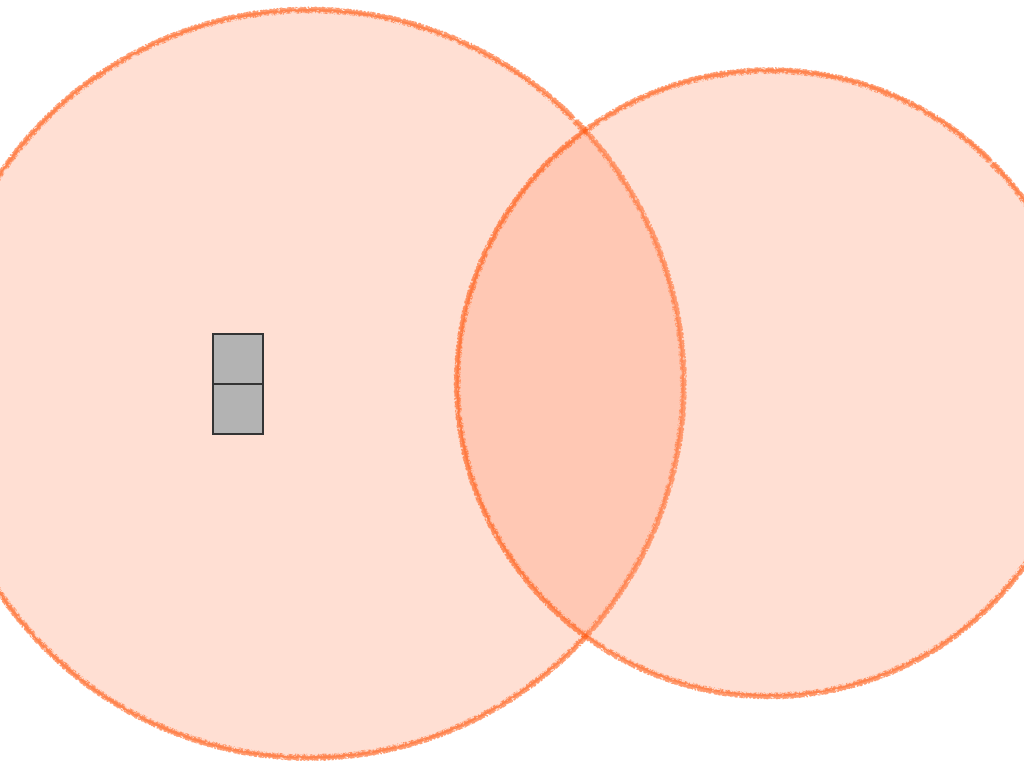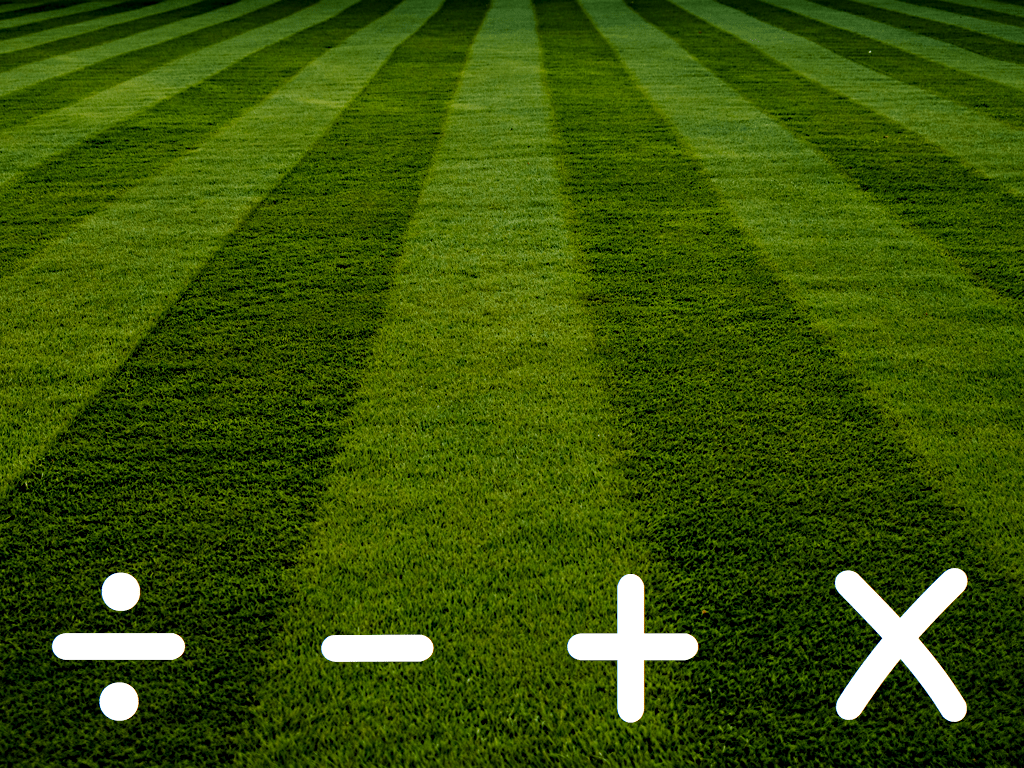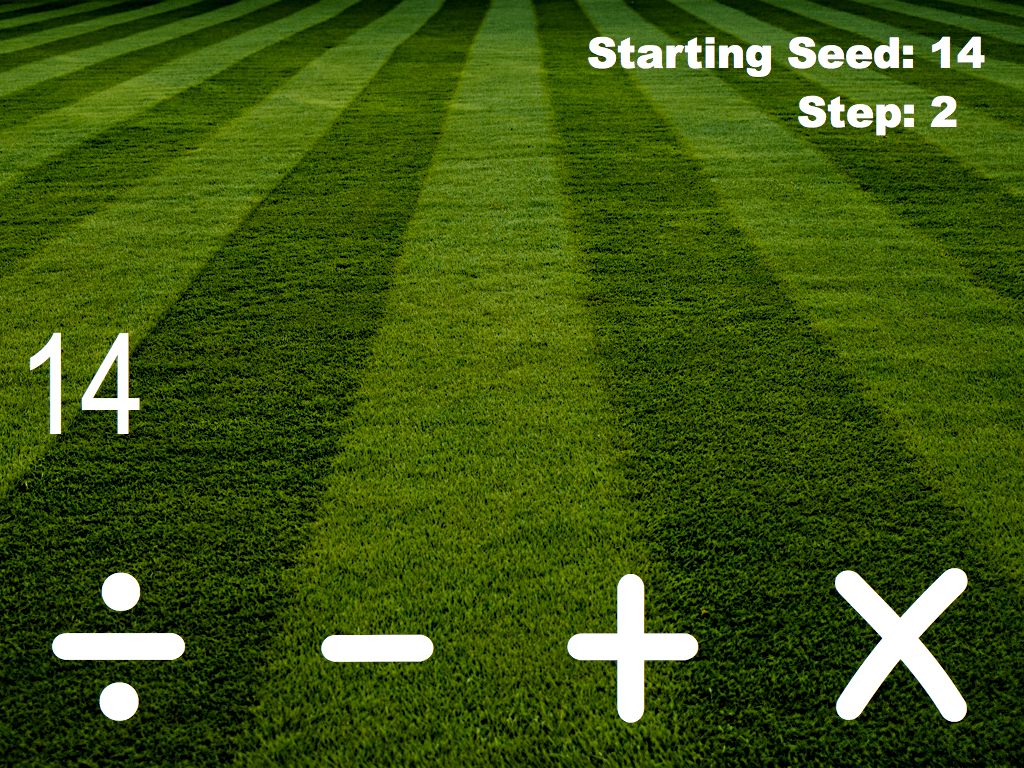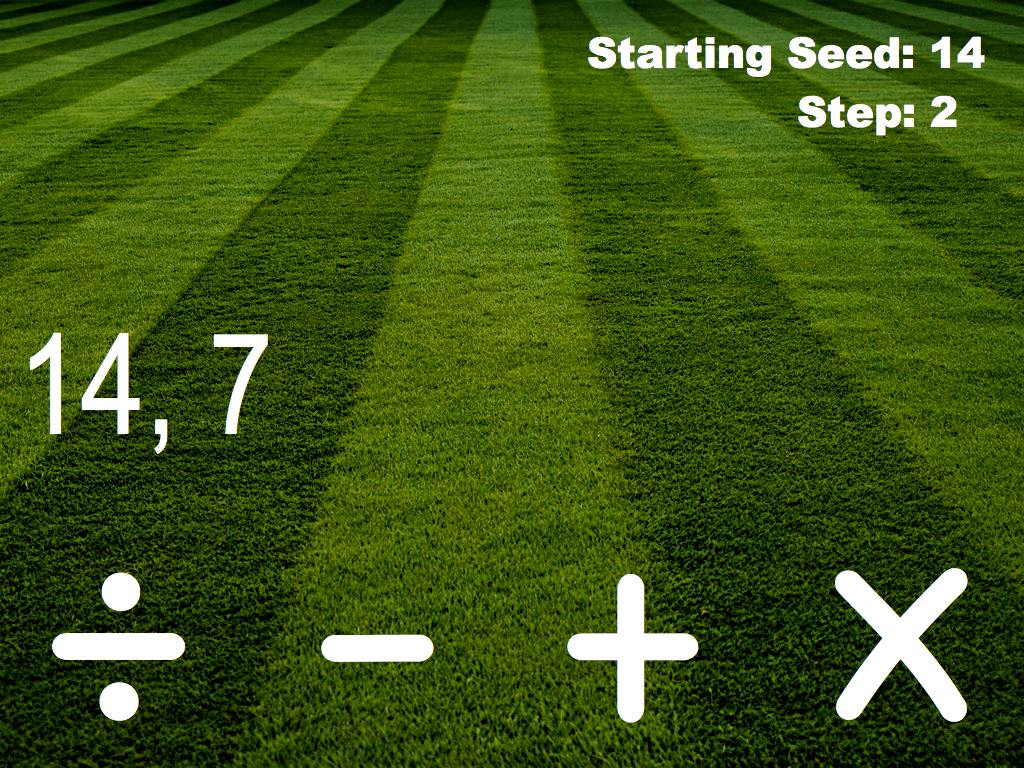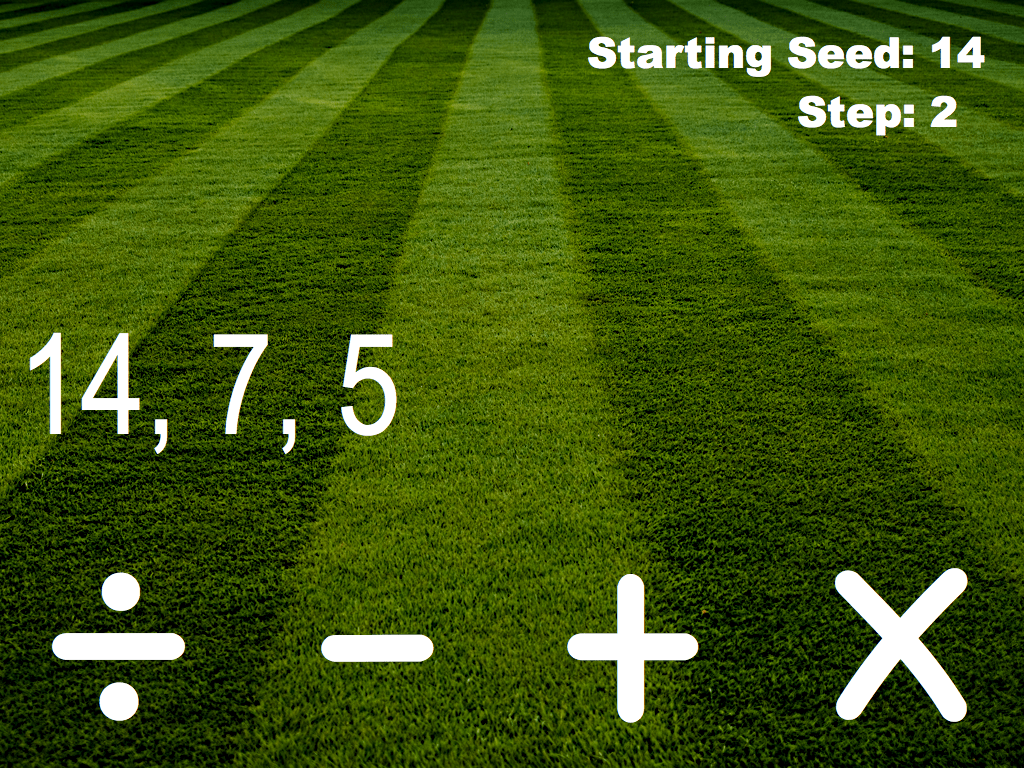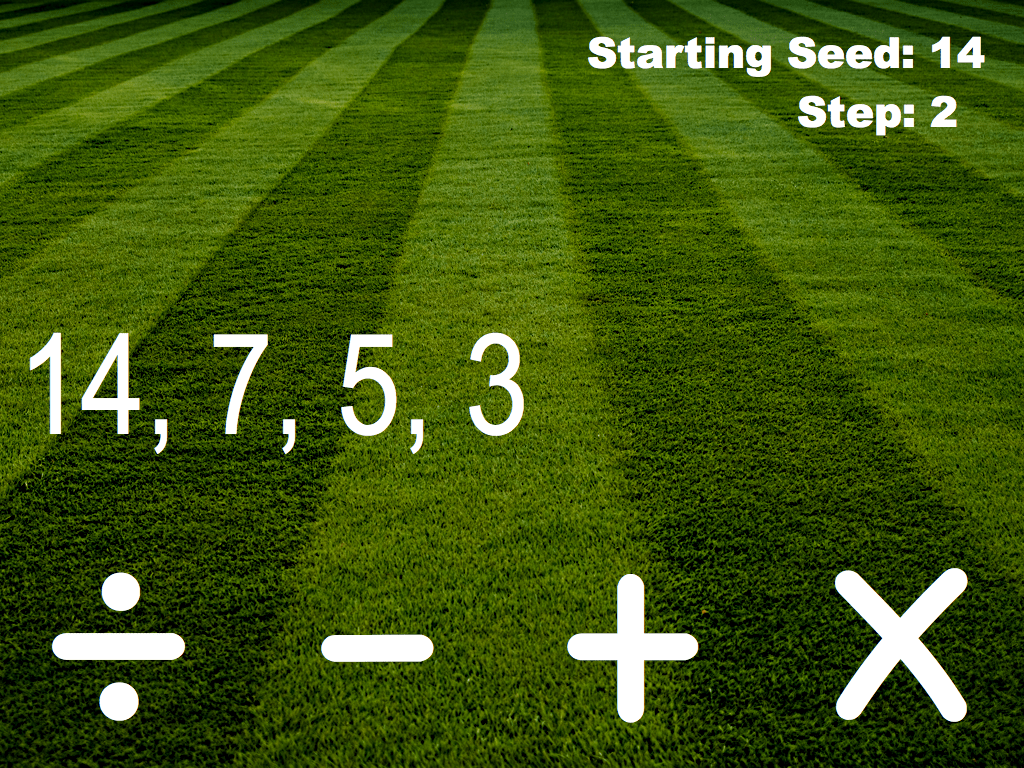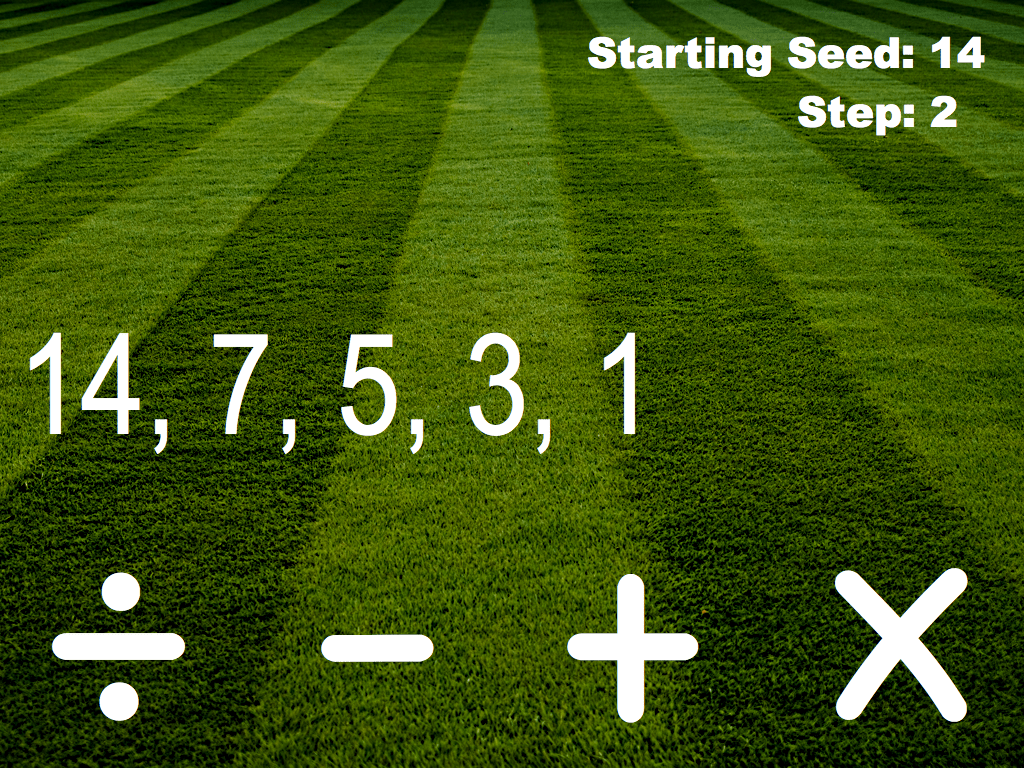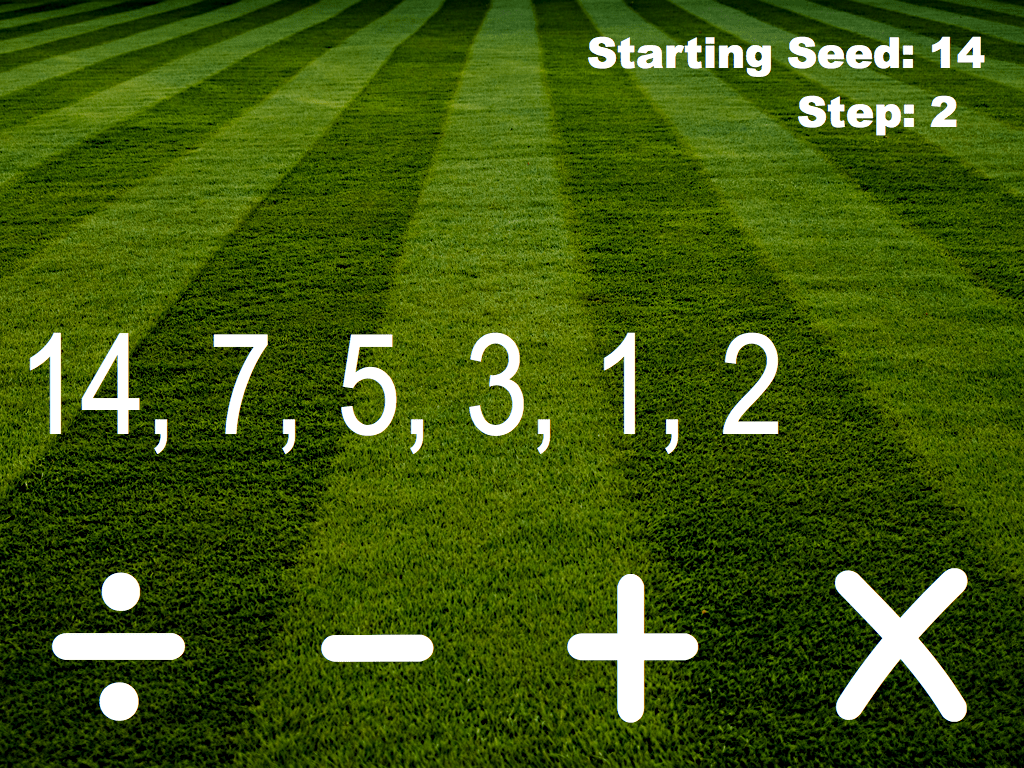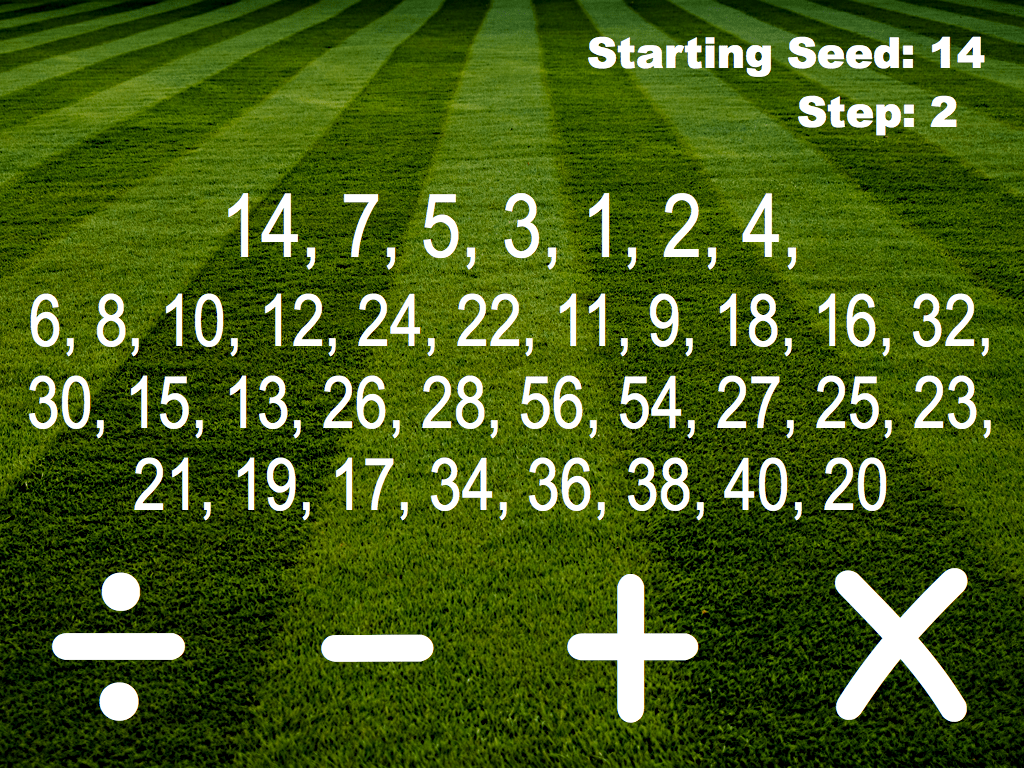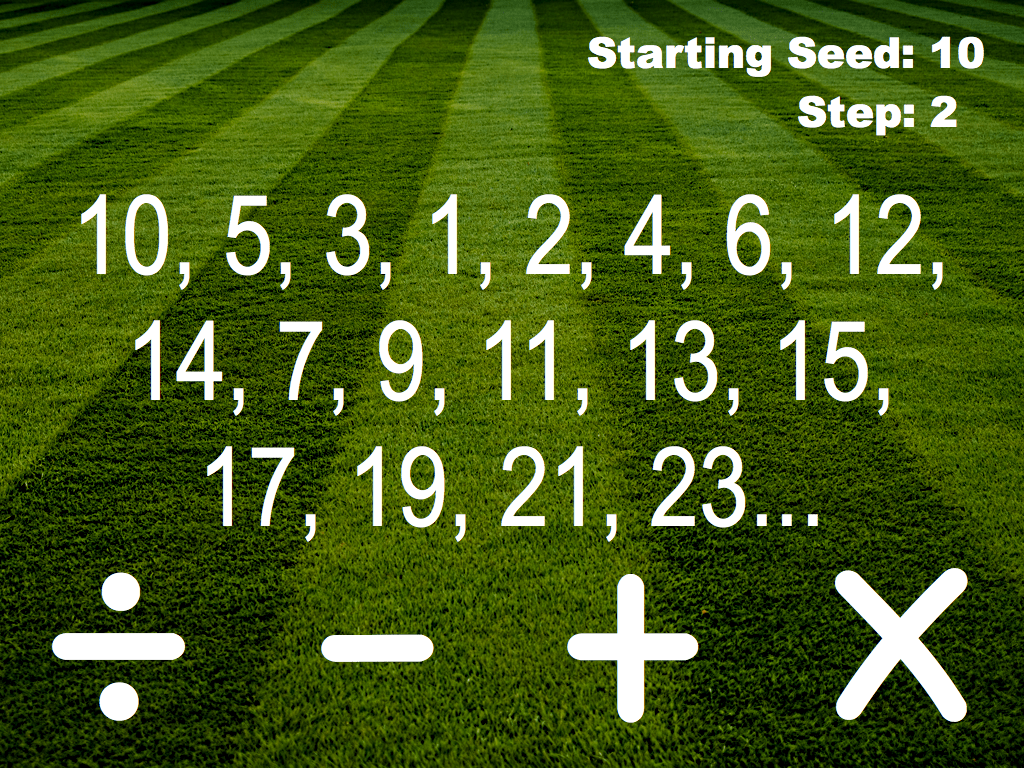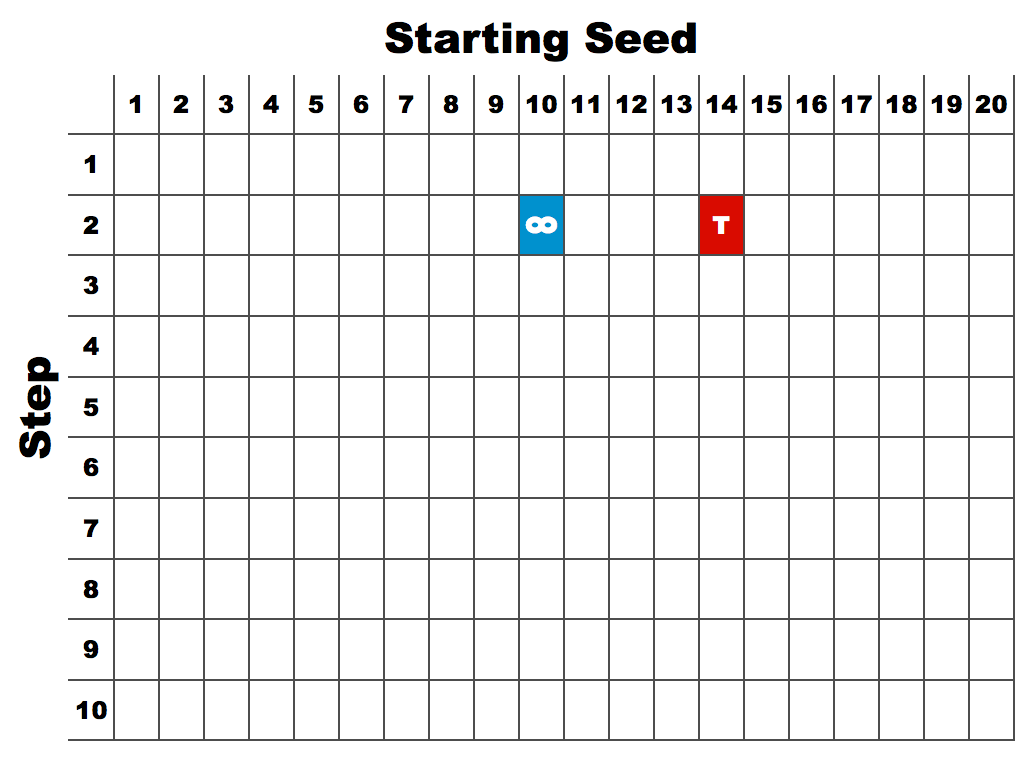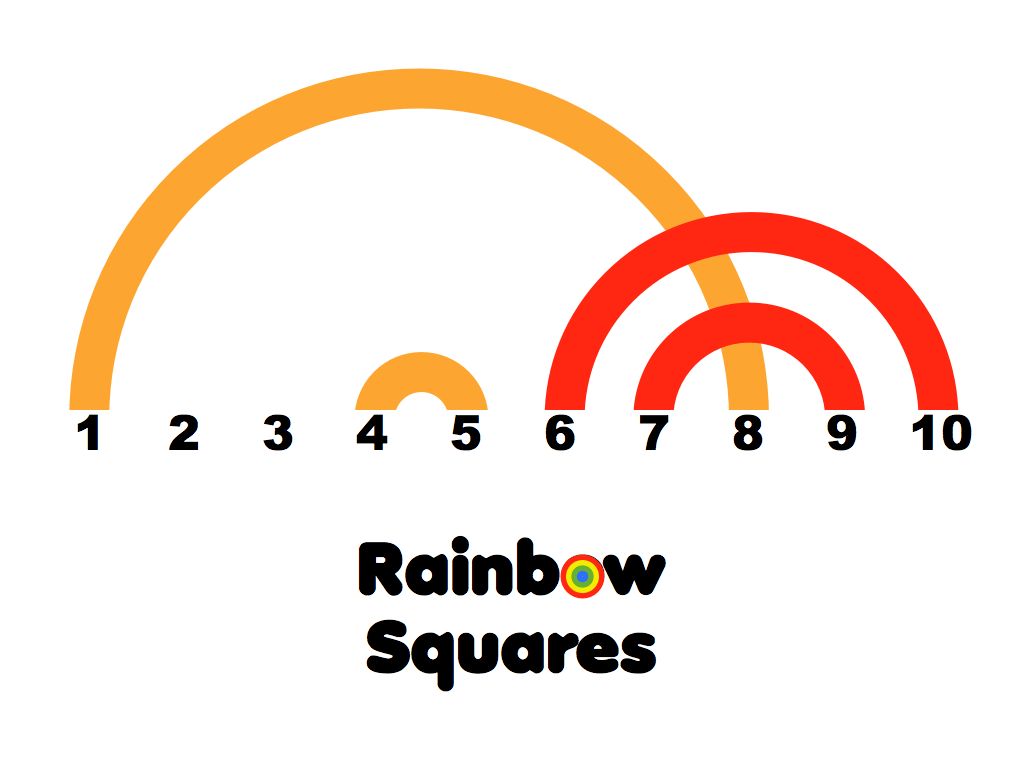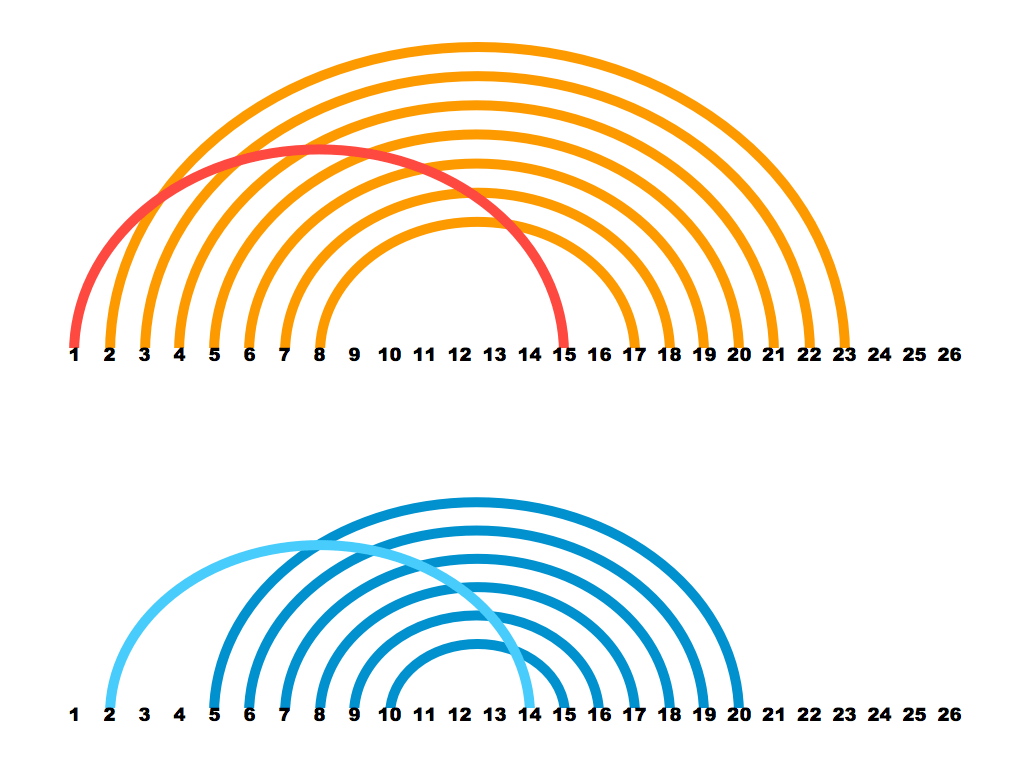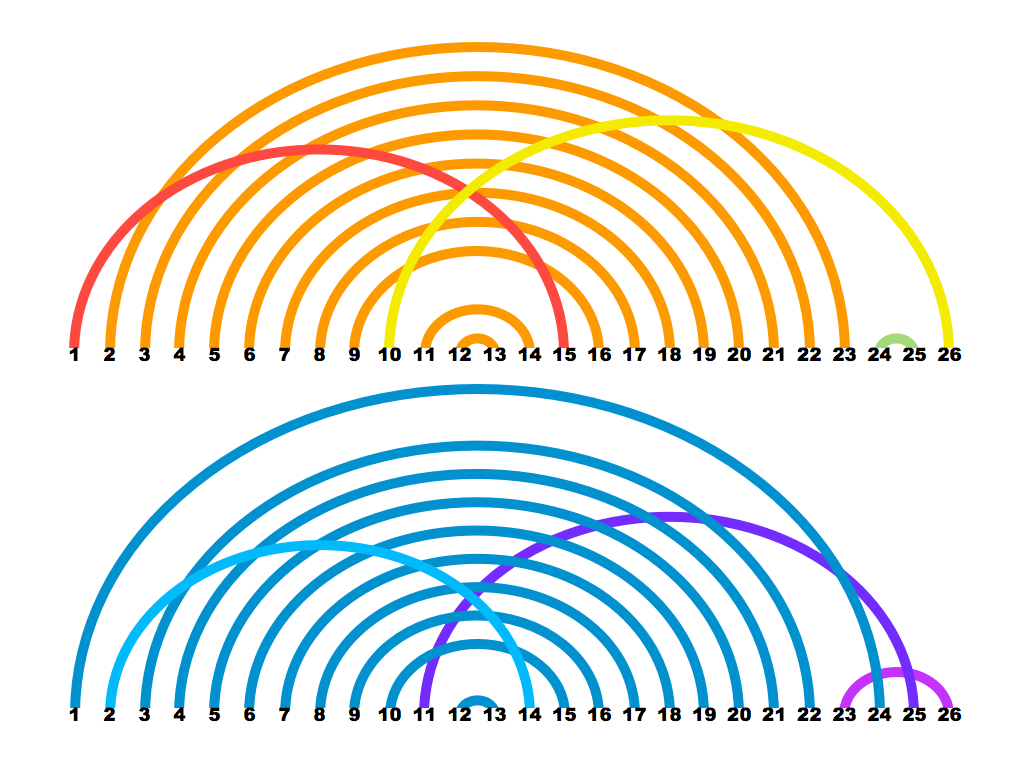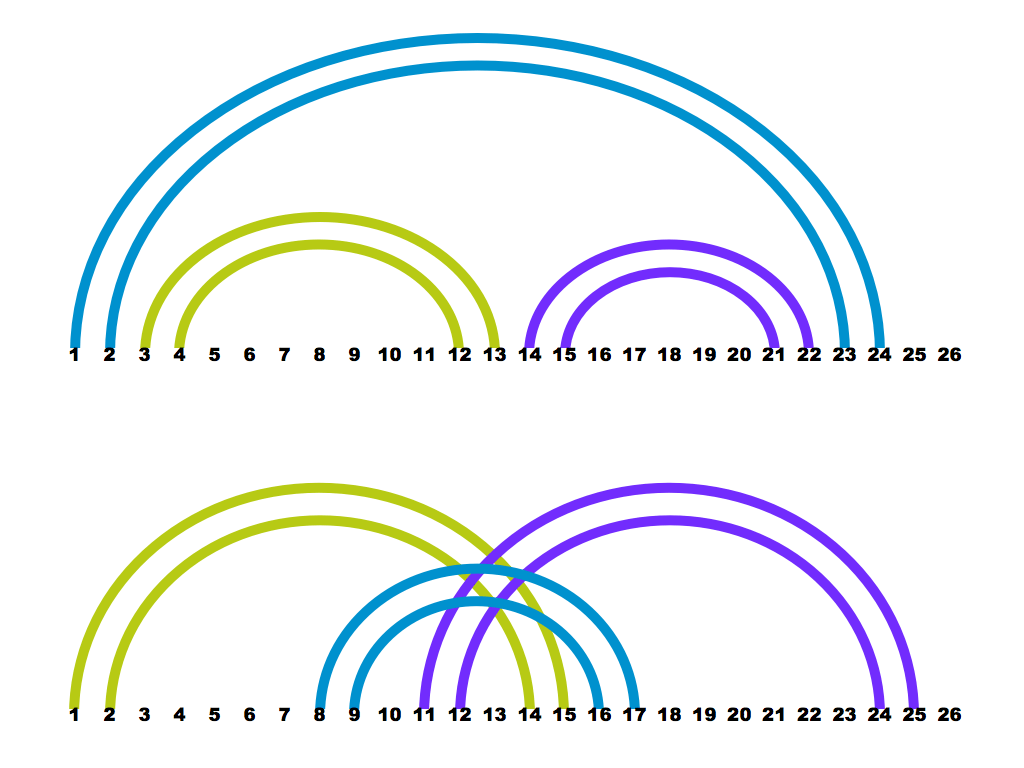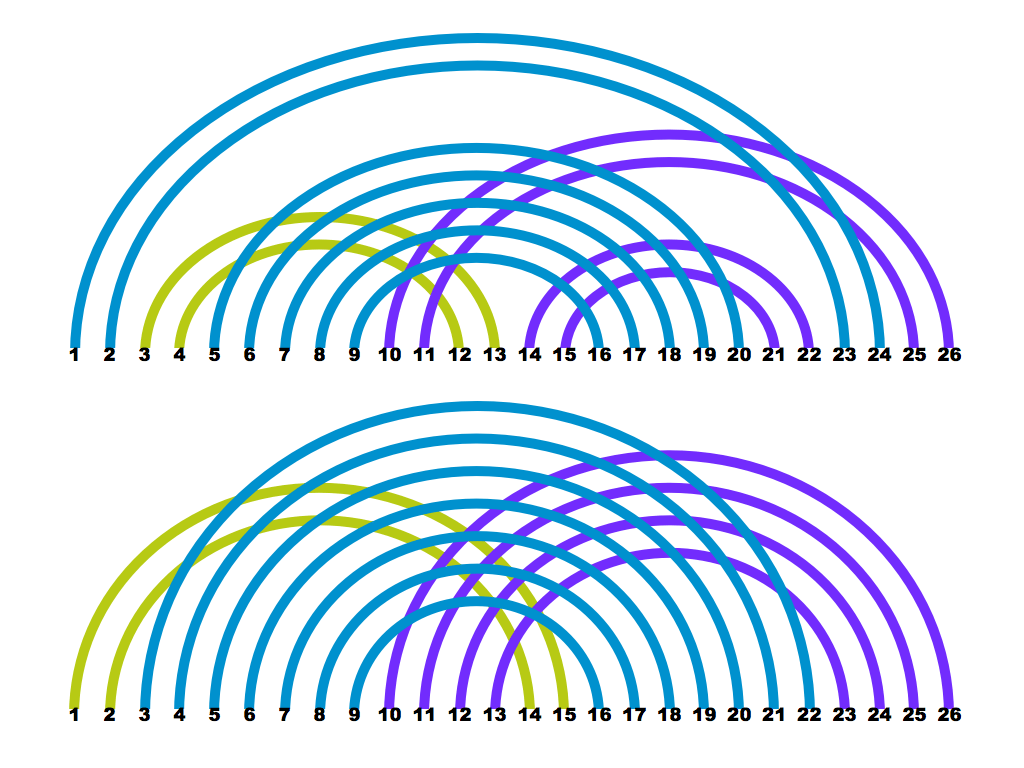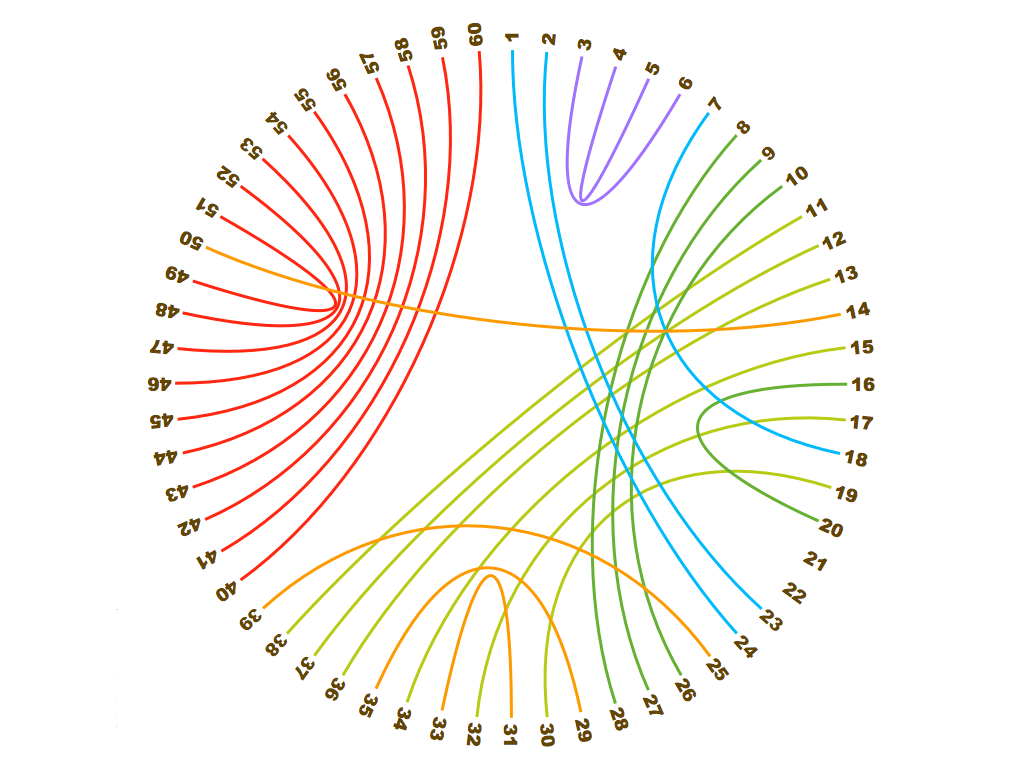Integer Sequences K-12
Introduction to the Integer Sequences K-12 Conference
The On-Line Encyclopedia of Integer Sequences has many pedagogic gems that remain undiscovered by K-12 educators. These sequences need to be lifted out of obscurity and become a part of every child’s experience of mathematics.
The primary objective of this conference was to bring together educators and mathematicians to select 13 curricular integer sequences – one for each grade K-12. The secondary objective was to initiate a practical campaign to get the selected sequences the wide exposure they deserve.
It is not obvious that integer sequences – beyond those already in the curriculum – deserve pedagogic attention. It is easy to imagine their uninspired use in the classroom… for example: all students asked to independently reproduce a meaningless sequence term by term.
We didn’t let this happen. Our strength was in the collaboration between mathematicians (who can identify sequences that will reward a young explorer,) and educators (who know the curriculum and can predict classroom challenges.)
Sequence worthy of a full period (or more) of exploration need to engage students of diverse ability. Top students should be engaged because the sequence is intriguing and leads them to wonder, hypothesize and problem solve. Struggling students need to be engaged in acquiring curricular skills and problem solving.
The Online Encyclopedia of Integer Sequences posted the 13 selections here.
The text descriptions that follow are for mathematicians. The videos and slide shows are for teachers.

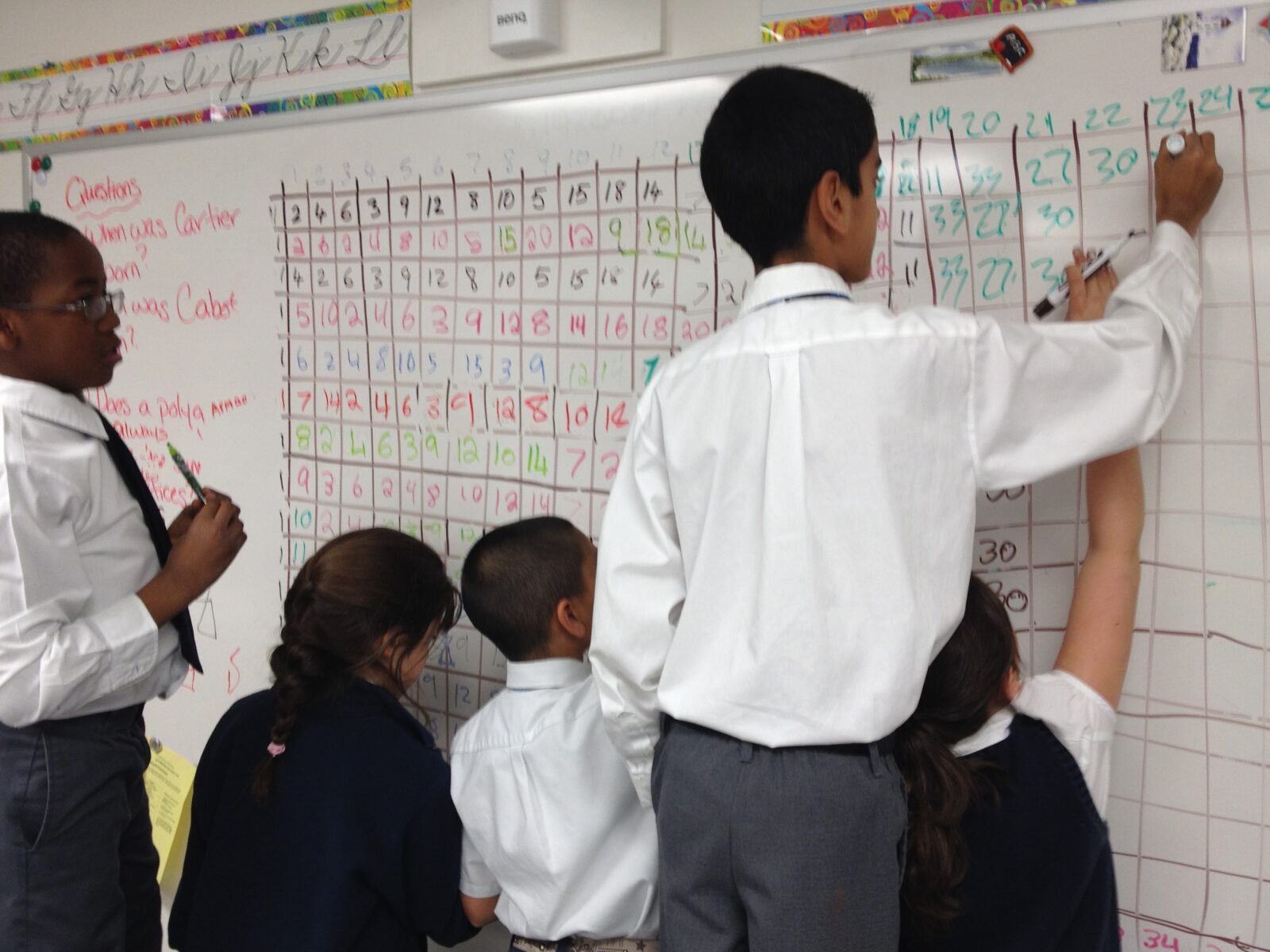
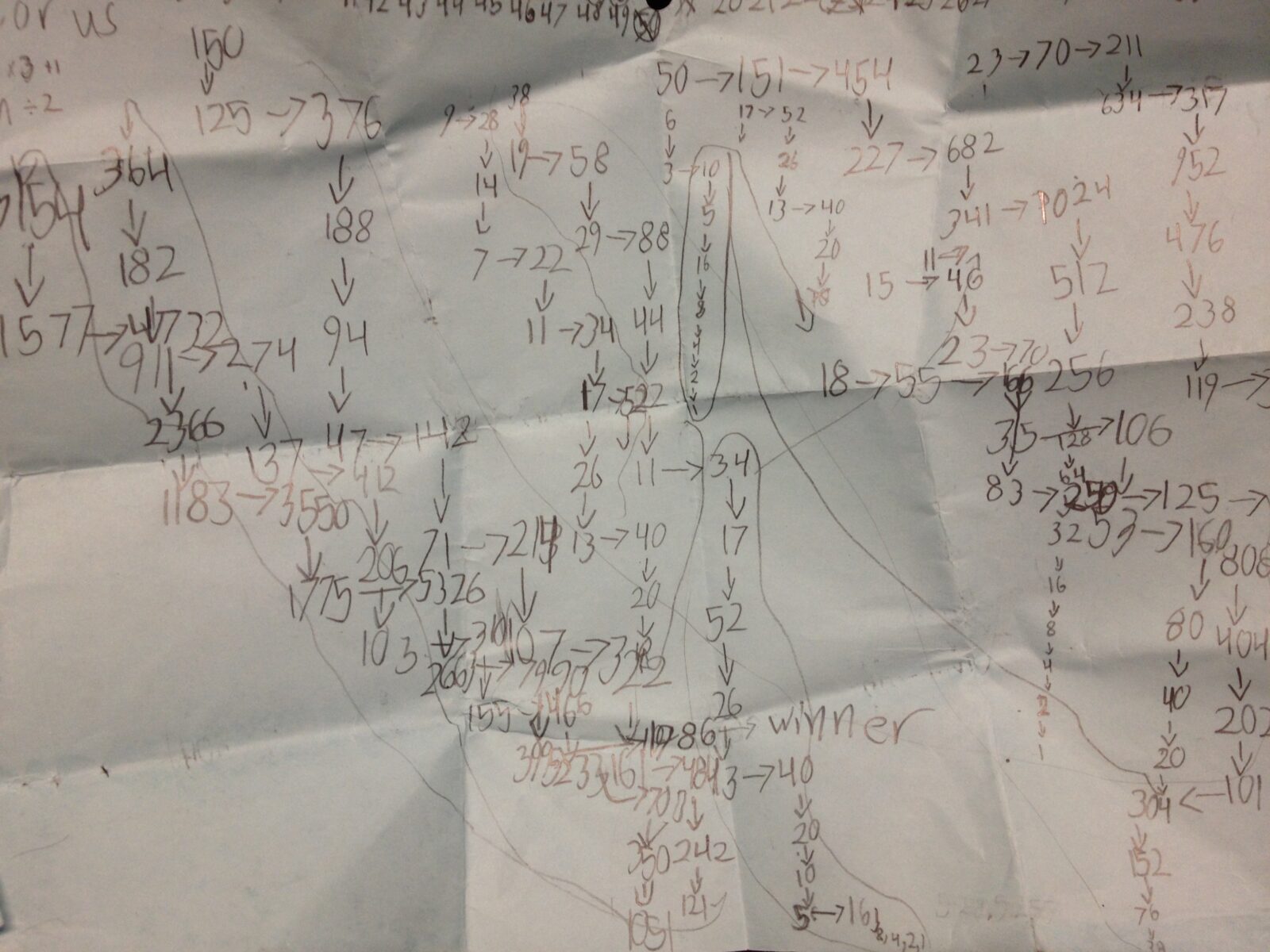
Kindergarten – A034326 Hours struck by a clock.
1, 2, 3, 4, 5, 6, 7, 8, 9, 10, 11, 12, 1, 2, 3, 4, 5, 6, 7, 8, 9, 10, 11, 12, 1, 2, 3, 4, 5, 6, 7, 8, 9, 10, 11, 12, …
Grade 1 – A030227 Number of n-celled polyominoes with bilateral symmetry. (This description is for mathematicians – teachers can enjoy the leisurely slide show below)
1, 1, 2, 3, 6, 10, 20, 34, 70, 121, 250, 441, 912, 1630, 3375, …
Grade 2 – A243205 – Consider the n X n Go board as a graph; remove i nodes and let j be the number of nodes in the largest connected subgraph remaining; then a(n) = minimum (i + j). (This description is for mathematicians)
1, 3, 5, 9, 12, 16, 20, 25, 29, 36?, 41?, 47?, …
In the classroom this is presented as you will see in the video below.
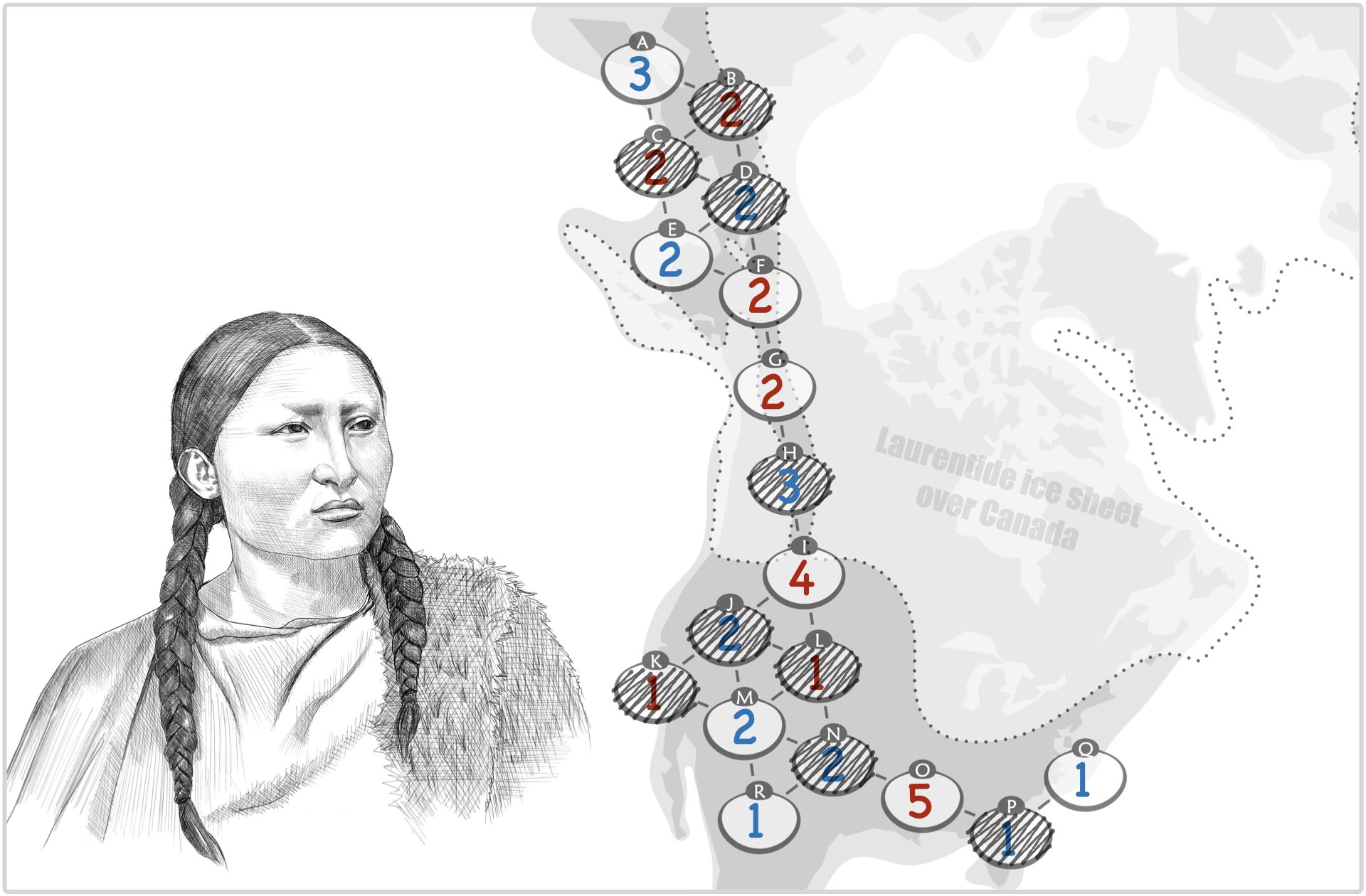
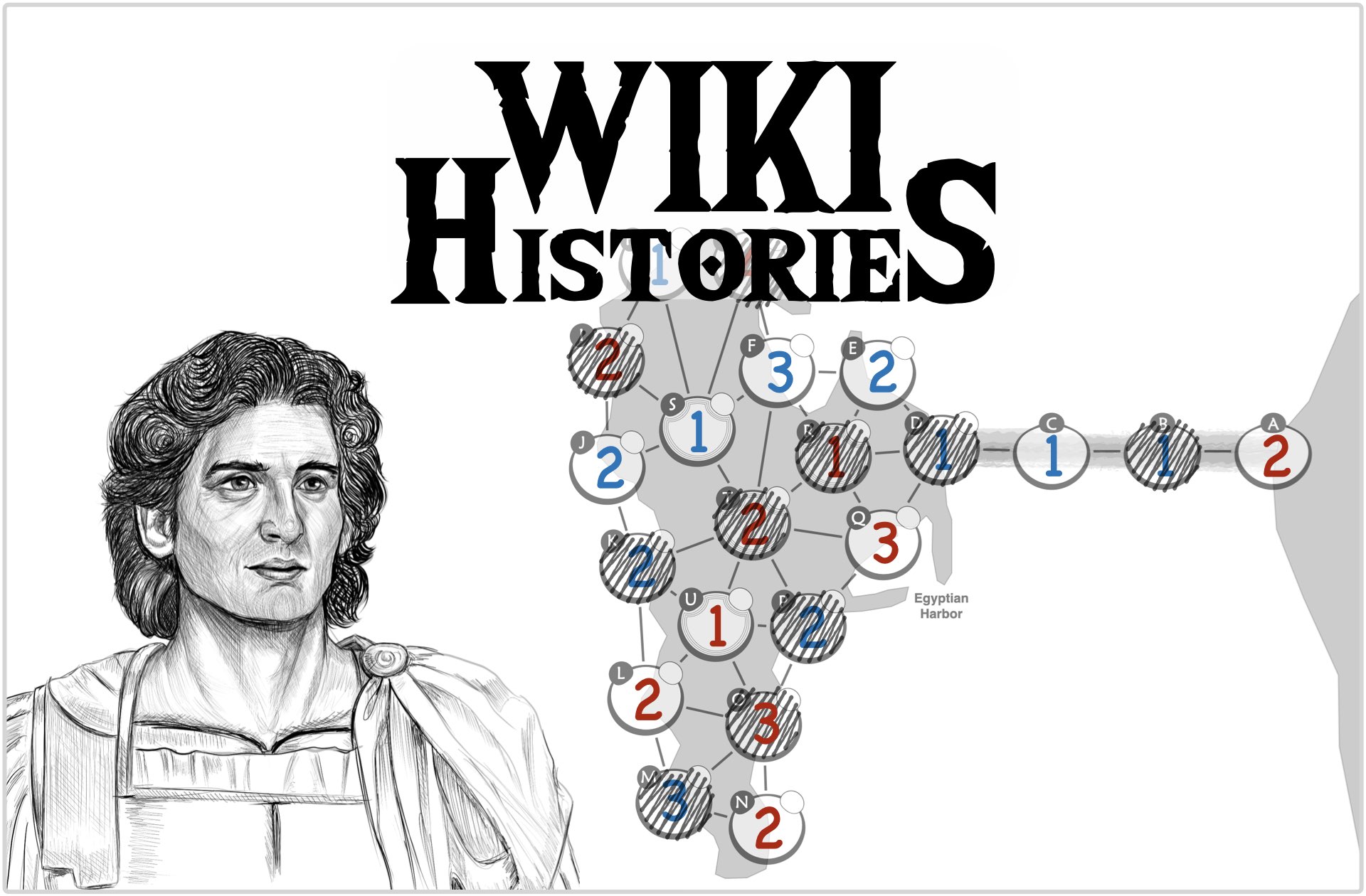

Wiki Histories are 10-minute pencil & paper games. They are great for teaching problem-solving, world history, and board game design. They can be played in any grade starting at grade 2. Each comes with a history essay that is written for high school students. If there is interest, I'll be adding new ones as they are created...
Wiki Histories Prehistory to 2500 BCE (13 games)
Wiki Histories 2500 BCE to 500 BCE (only 3 games for now)
Wiki Histories 500 BCE to 1 BCE (11 games)
Wiki Histories 1 CE to 1000 CE (14 games)
________________________________________________________________________________
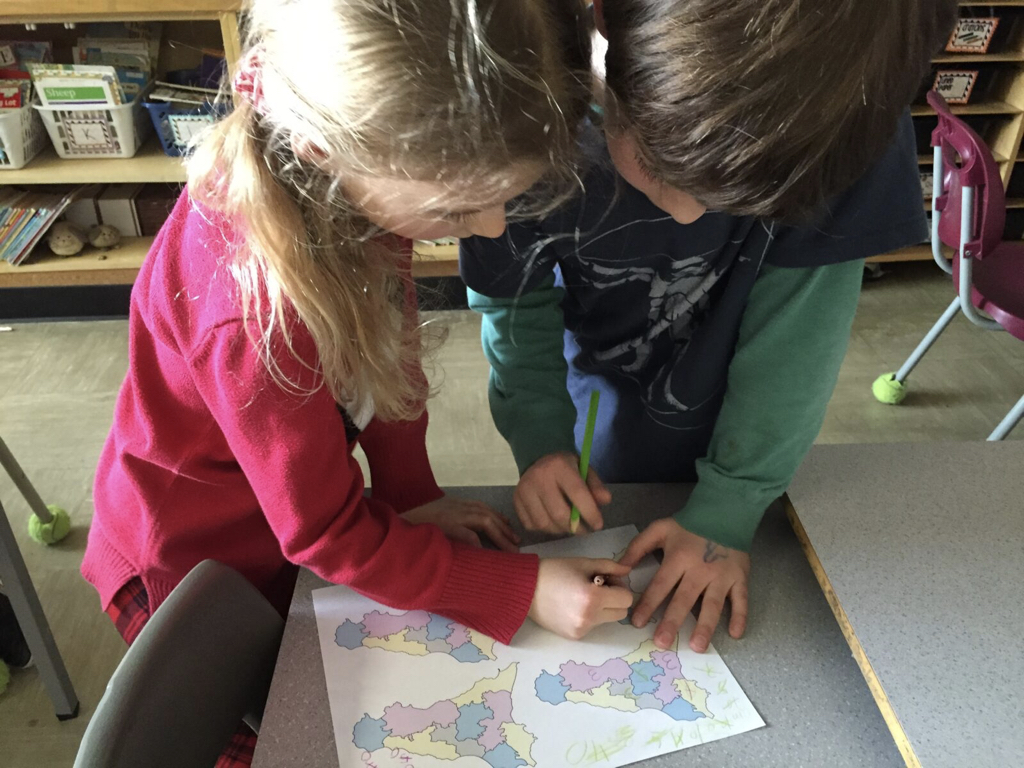
Grade 3 – A254873 Recamán [division, -, +, *] – Starting at the seed number (14) the sequence continues by dividing, subtracting, adding or multiplying by the step number (2). Division gets precedence over subtraction which gets precedence over addition which gets precedence over multiplication. The new number must be a positive integer and not previously listed. The sequence terminates if this is impossible.
14, 7, 5, 3, 1, 2, 4, 6, 8, 10, 12, 24, 22, 11, 9, 18, 16, 32, 30, 15, 13, 26, 28, 56, 54, 27, 25, 23, 21, 19, 17, 34, 36, 38, 40, 20
(The above is for mathematicians. Teachers should view the slide presentation below.)
Grade 4
A253472 Numbers n such that 1, 2, …, 2n can be partitioned into n pairs, where each pair adds up to a perfect square.
4, 7, 8, 9, 12, 13, 14, 15, 16, …
(The above is for mathematicians. Teachers should view the slide presentation below.)
Grade 5
A256174 Boomerang Fractions – Starting with 1, on the first step add 1/n, and on subsequent steps either add 1/n or take the reciprocal. a(n) = number of steps required to return to 1. (The sequence starts with a(2).)
4, 9, 7, 20, 6, 33, 13, 23, 16, 62?, 8, 75?, 18, 17, 25, …
(The above is for mathematicians. Teachers should stay tuned 😉
Grade 6
A125508 Integral Fission – A prime factorization tree in which every pair of children is chosen so they are as equal as possible and the largest child goes on the right. a(n) are the lowest numbers for which a new tree shape is encountered.
2, 4, 8, 16, 20, 32, 40, 64, 72, 88, 128, 160, 176, 200, 220, 256, 272, 288, 320, 336, 360, 400, 420, 460, 480, 512, 540, 544, 640, 704, 864, 880, 920, …
(The above is for mathematicians. Teachers should view the slide presentation below.)
Integral fission is a variant of prime factorization trees allows the creation of a treasure trove of puzzles. The newest puzzle is to find the first time each Integral Fission shape is encountered. Download the Puzzle-sheet, instructions and solutions here.
Grade 7
A039834 Fibonacci numbers (A000045) extended to negative indices. F(0) = 0 in the sequence below.
1, 1, 0, 1, -1, 2, -3, 5, -8, 13, -21, 34, -55, 89, -144, …
Grade 8
Similar to A226595 … but actually “Lengths of maximal non touching increasing paths in n X n grids starting at the upper left and ending at the lower right.”
0, 2, 4, 6, 9, 12?, 15?, 17?, 20, …
(This is for mathematicians. Teachers should watch the first part of the video below.)
Grade 9
A069283 The number of ways that n can be written as the sum of at least two consecutive positive integers.
0, 0, 0, 1, 0, 1, 1, 1, 0, 2, 1, 1, 1, 1, 1, 3, 0, 1, 2, 1, 1, 3, 1, 1, 1, 2, 1, 3, 1, 1, 3, 1, 0, 3, 1, 3, 2, 1, 1, 3, 1, 1, 3, 1, 1, 5, …
Grade 10
A225745 Smallest k such that n numbers can be picked in {1,…,k} with no four in arithmetic progression.
1, 2, 3, 5, 6, 8, 9, 10, 13, 15, 17, 19, 21, 23, 25, 27, 28, 30, 33, 34, 37, 40, …
Grade 11
A000108 Catalan numbers: C(n) = binomial(2n,n)/(n+1) = (2n)!/(n!(n+1)!).
1, 1, 2, 5, 14, 42, 132, 429, 1430, …
Grade 12
A000127 Maximal number of regions obtained by joining n points around a circle by straight lines. Also number of regions in 4-space formed by n-1 hyperplanes.
1, 2, 4, 8, 16, 31, 57, 99, 163, 256, …

Here are videos taken during the conference:
- My opening address and ideas about how to choose integer sequences for the classroom.
- Henri Piccotto talks about some sequences.
- My mentor, Richard Guy (at age 98) talk#1 and talk#2.
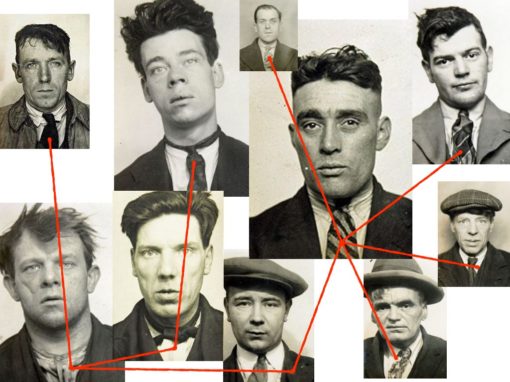
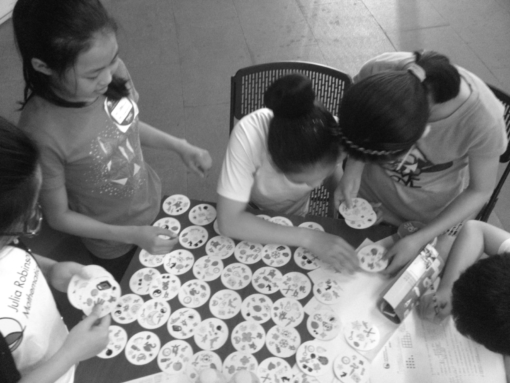
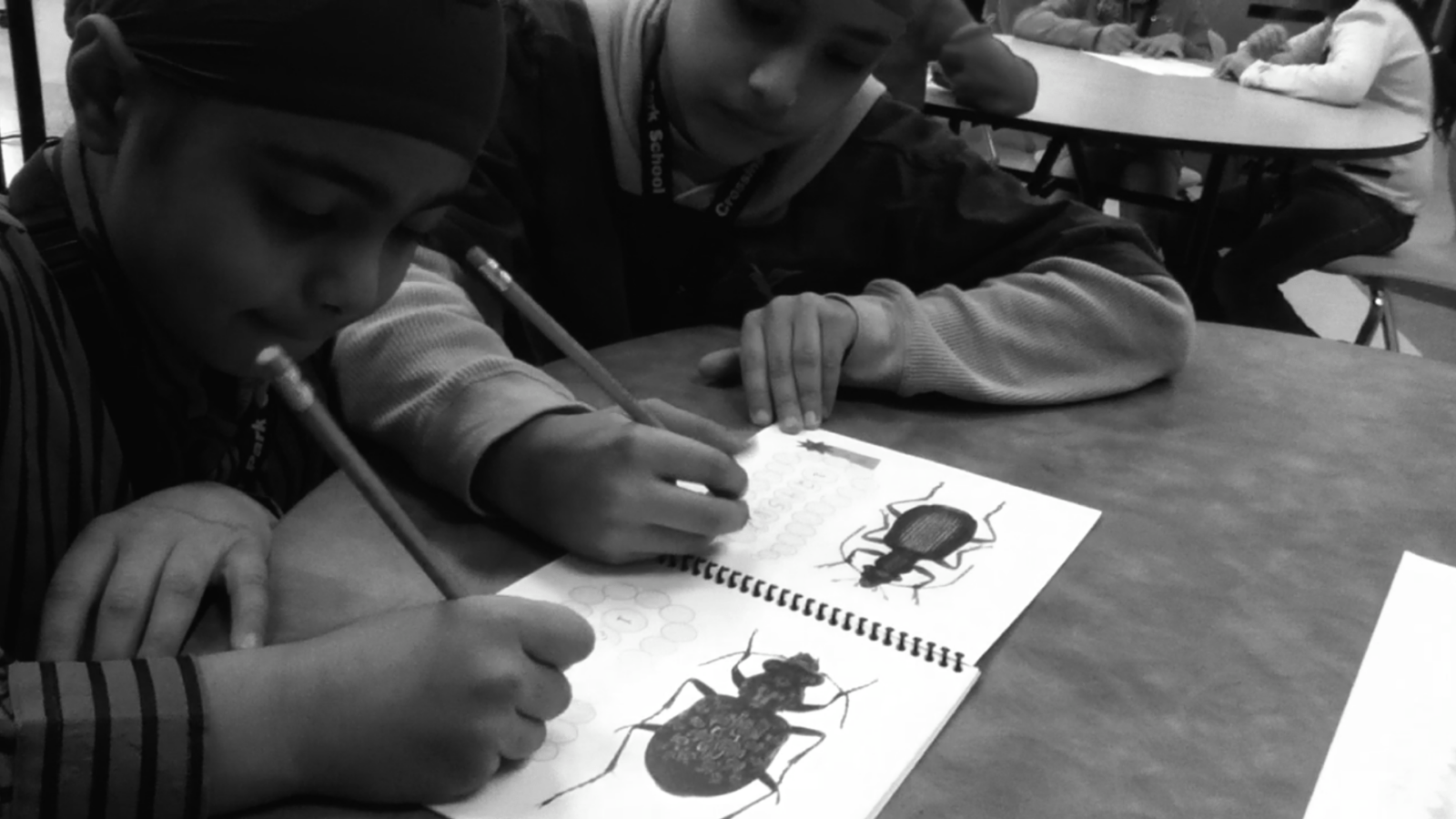
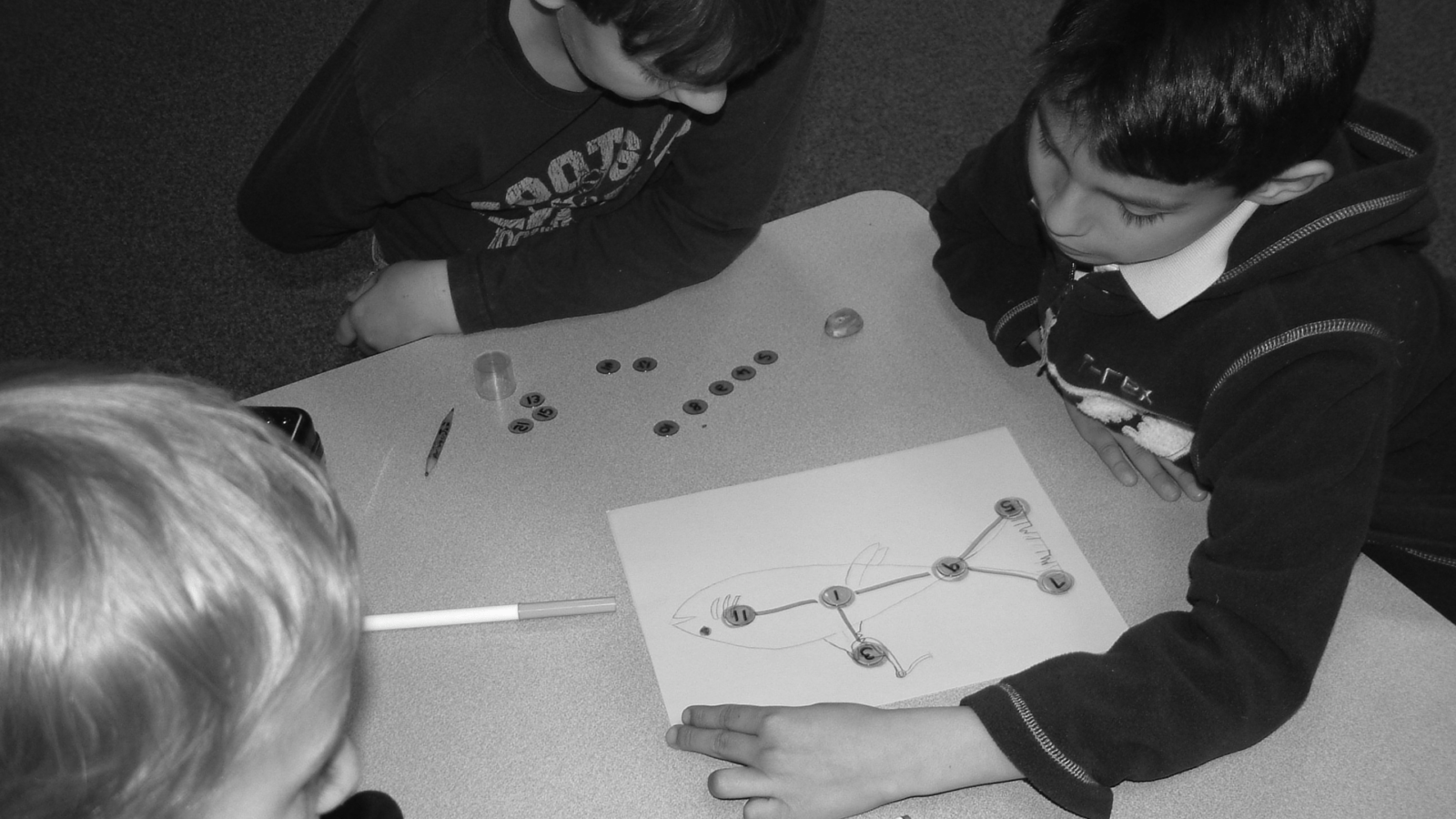
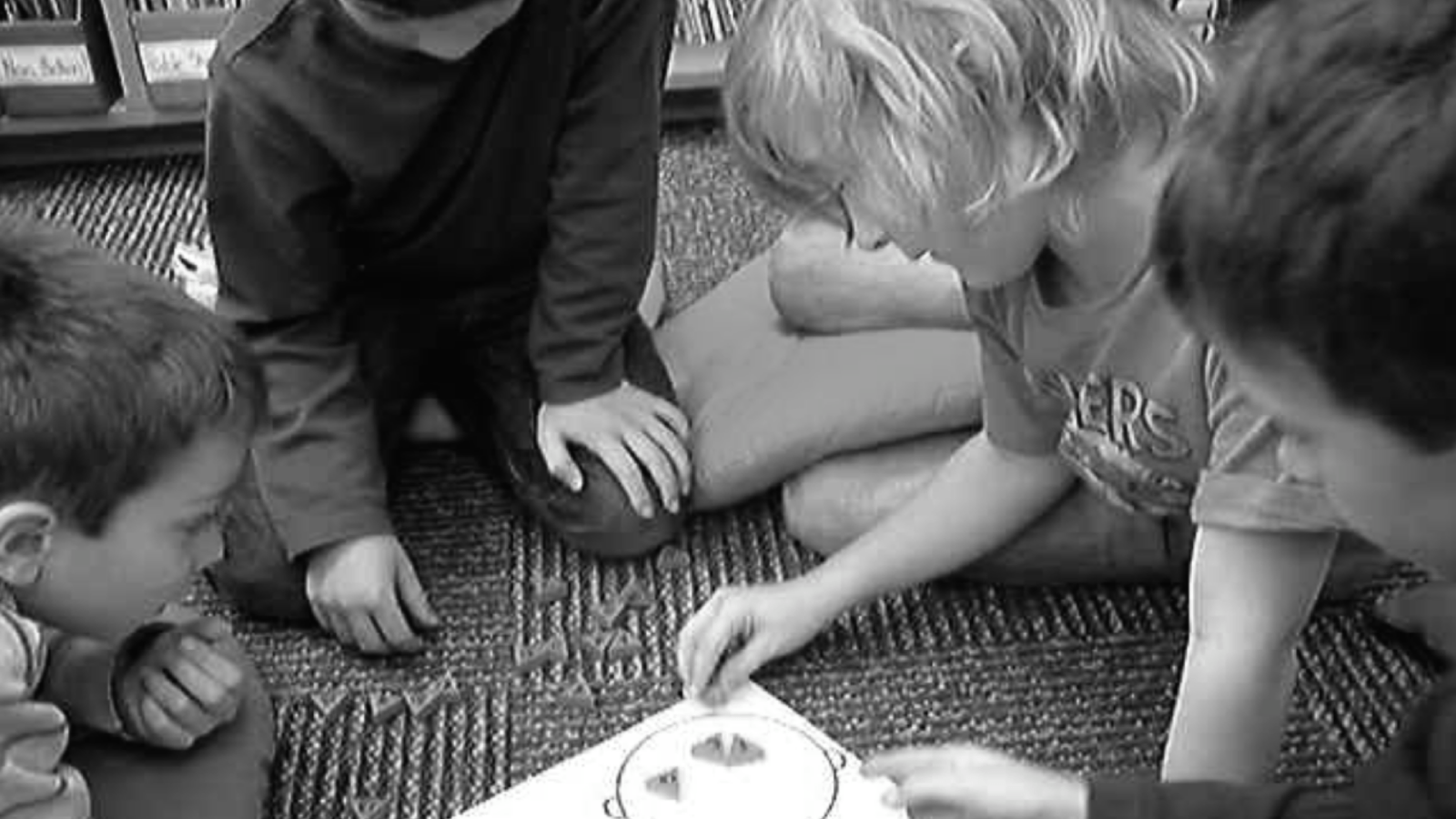
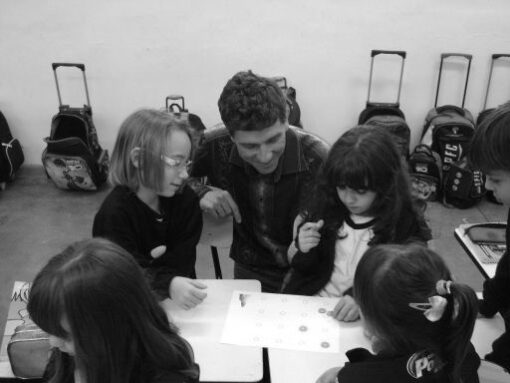
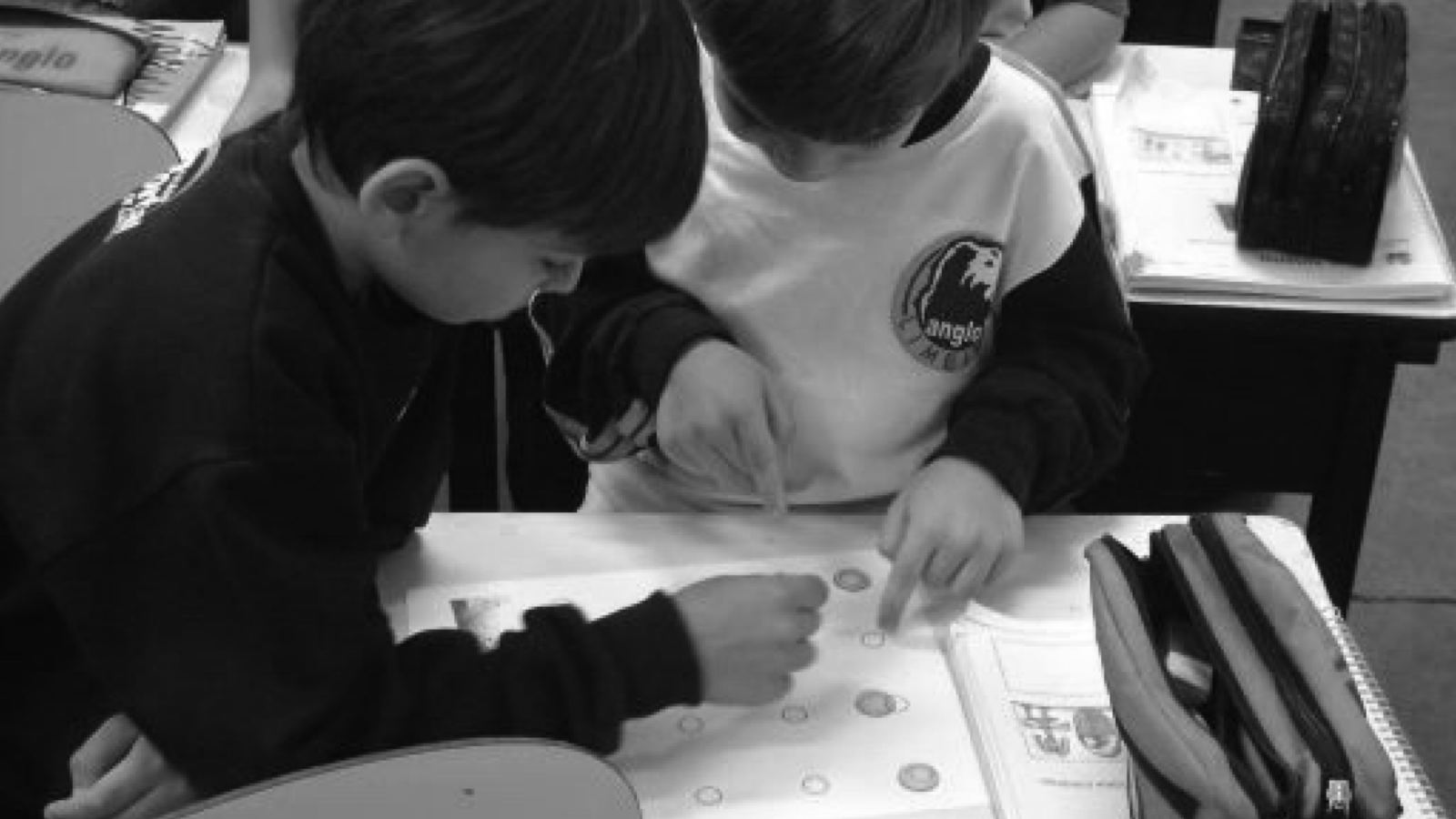
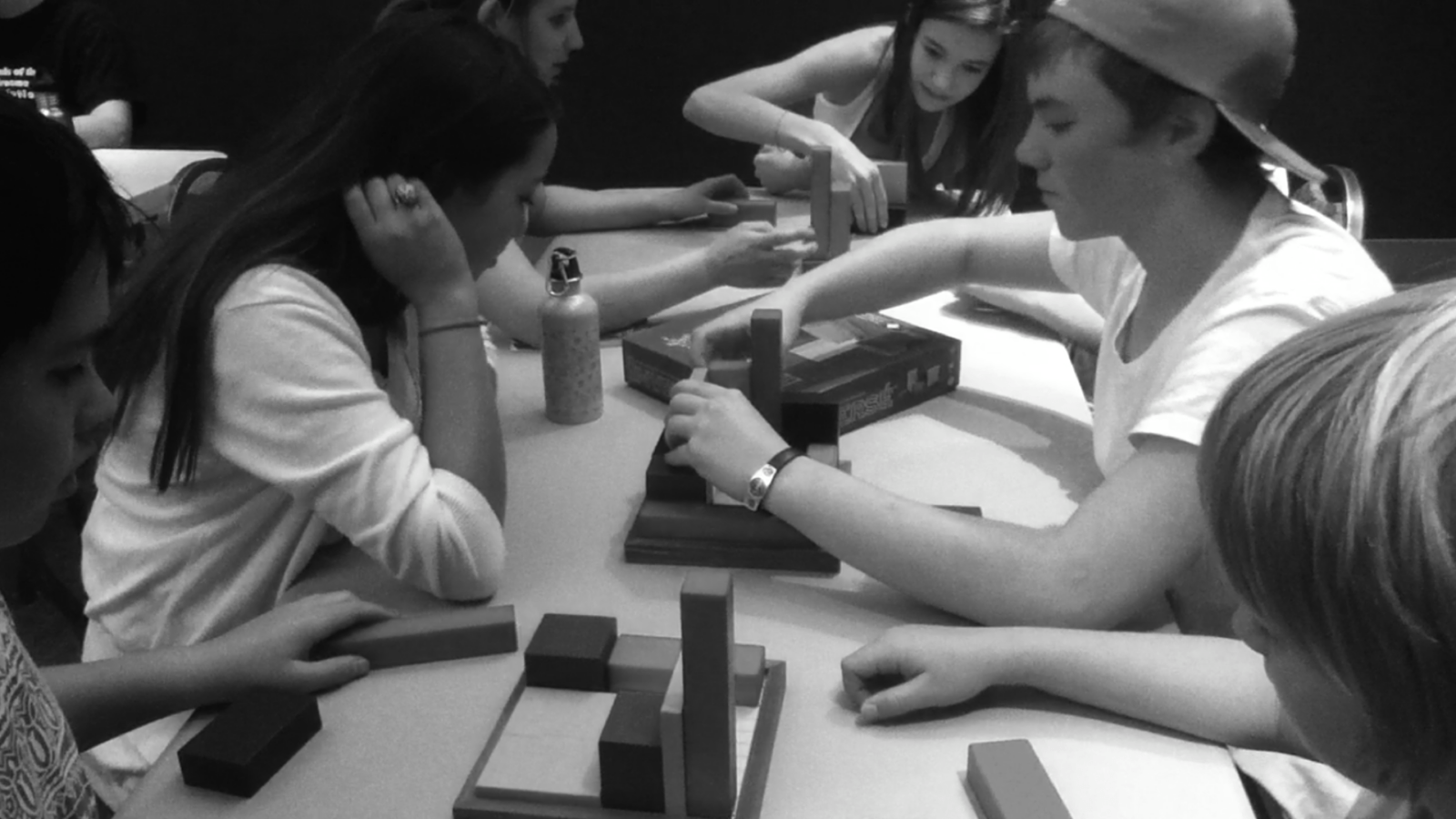
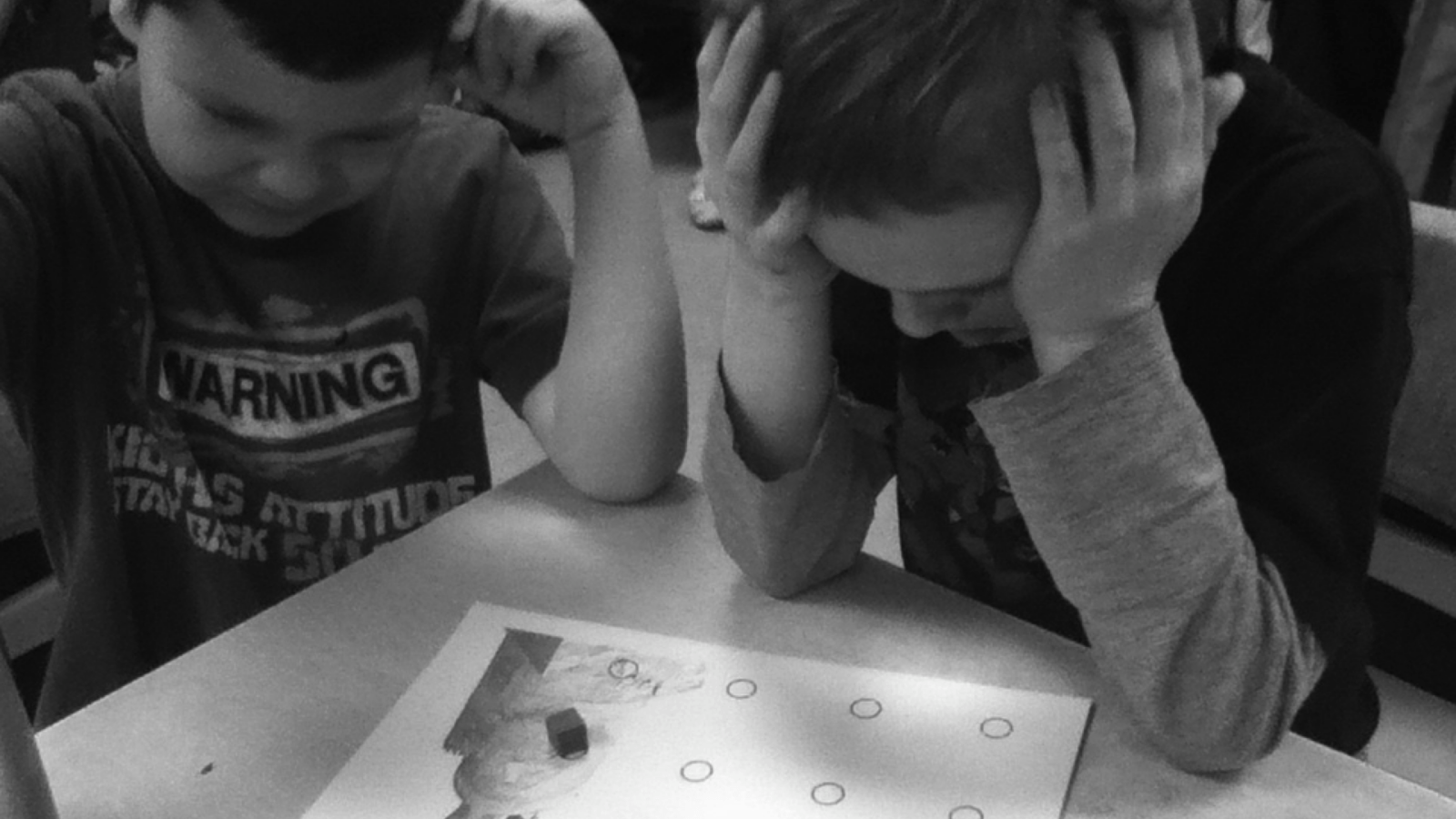
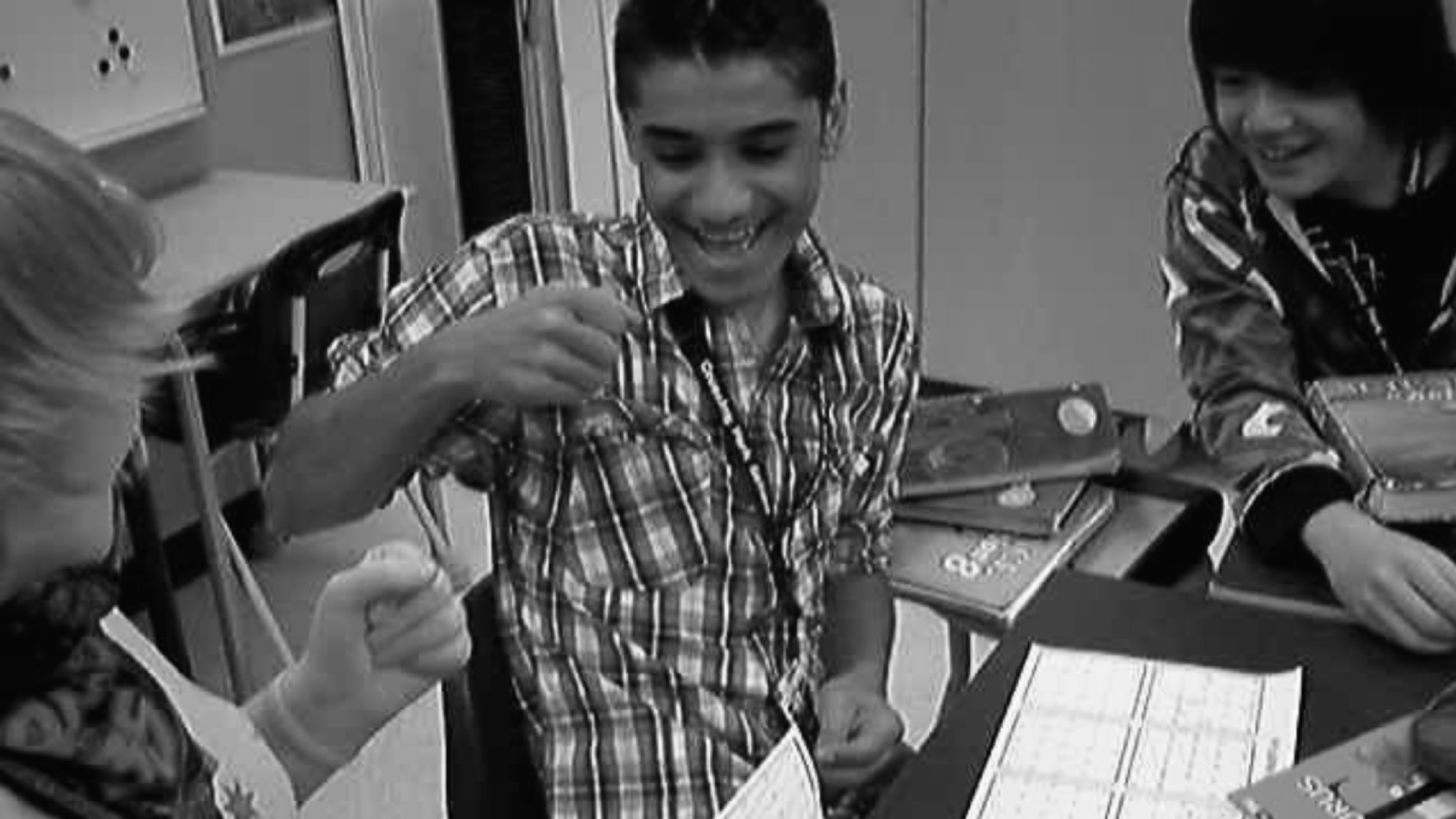
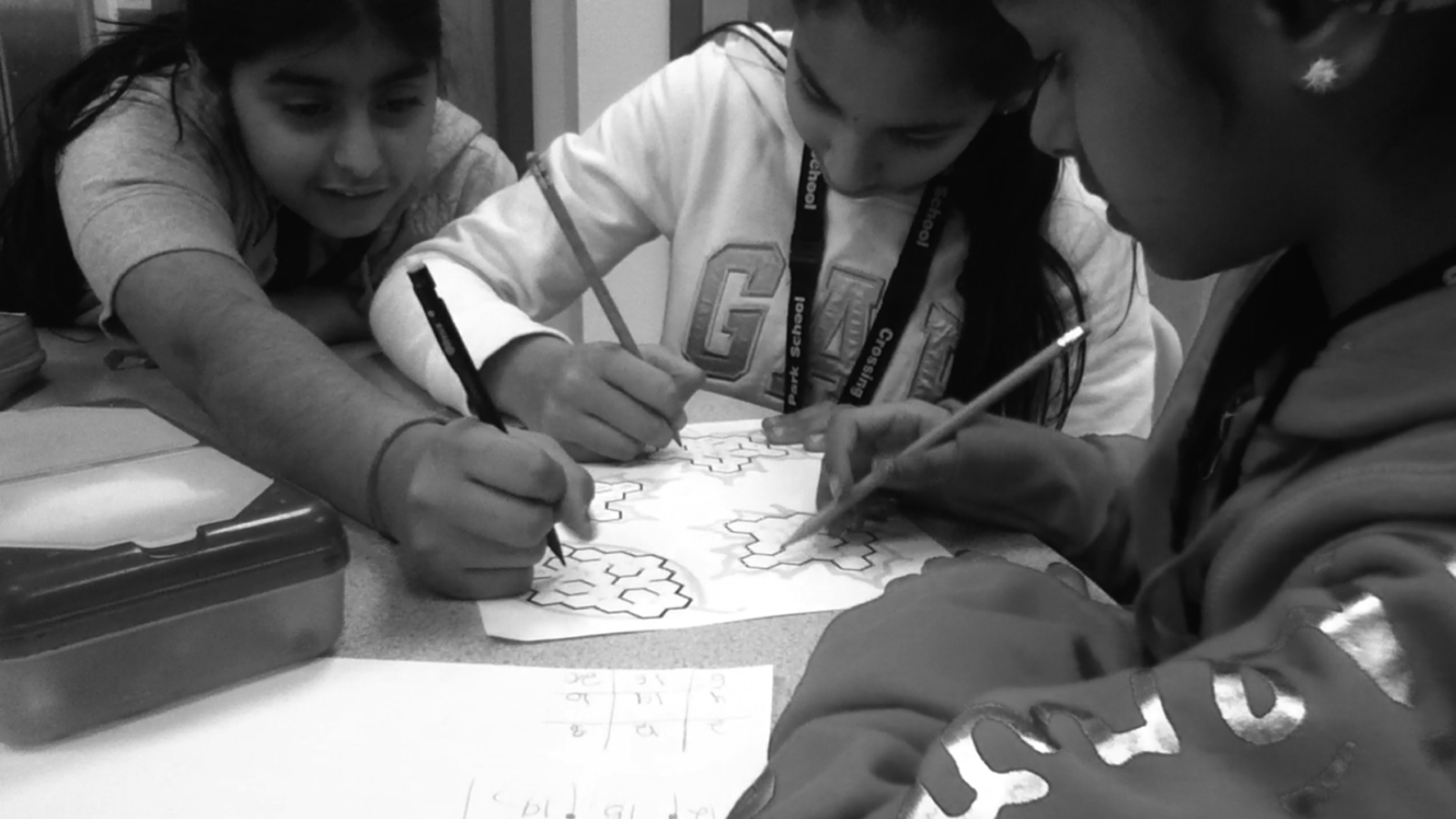
Please use MathPickle in your classrooms. If you have improvements to make, please contact me. I'll give you credit and kudos 😉 For a free poster of MathPickle's ideas on elementary math education go here.
